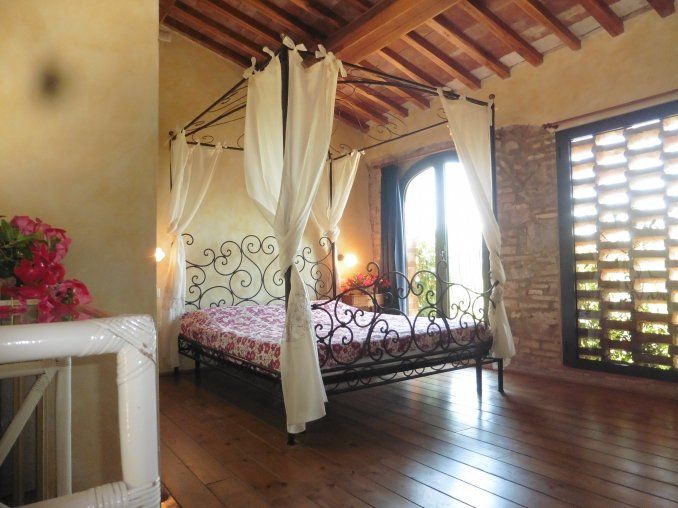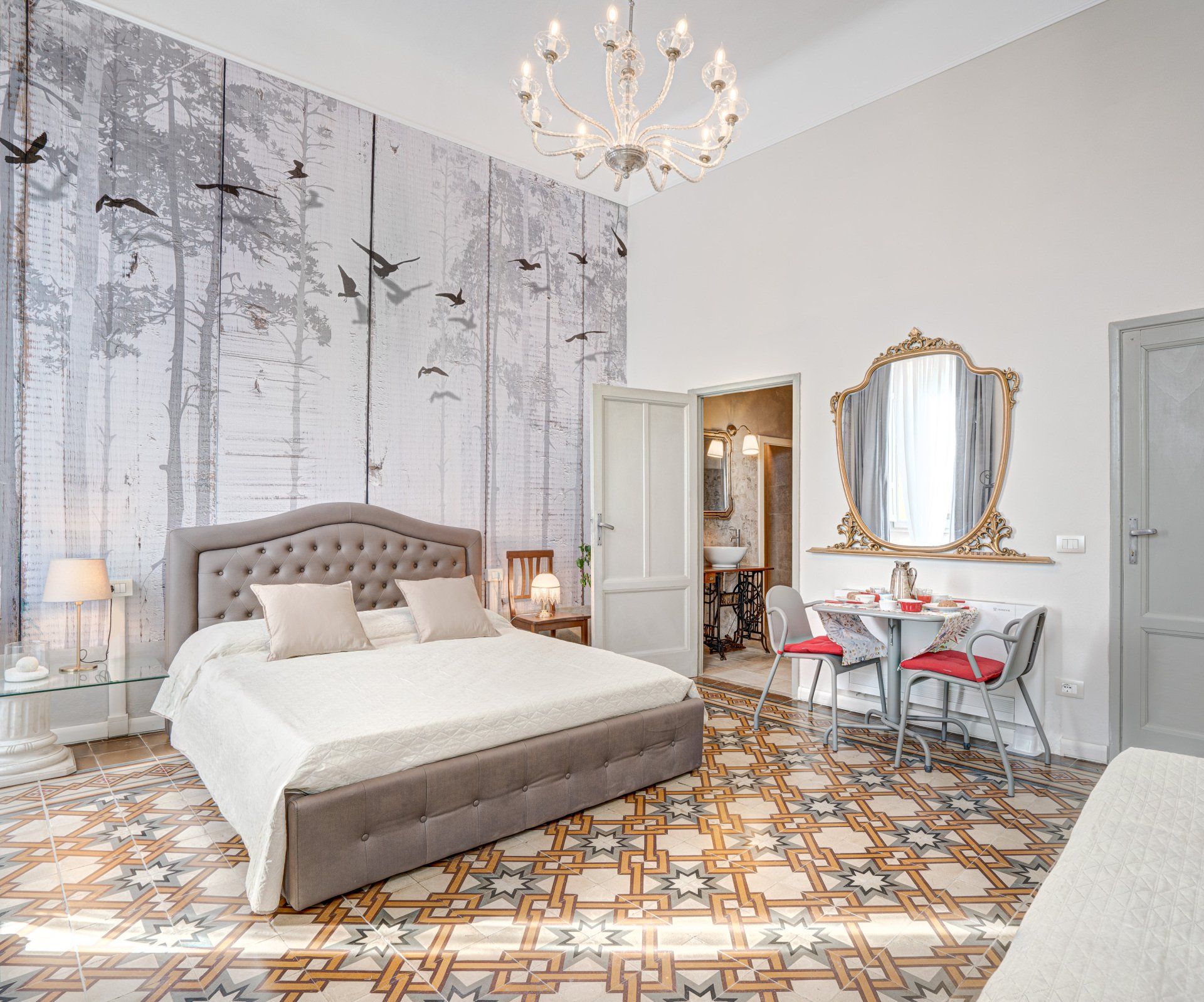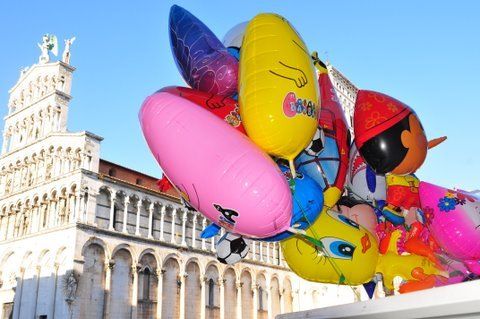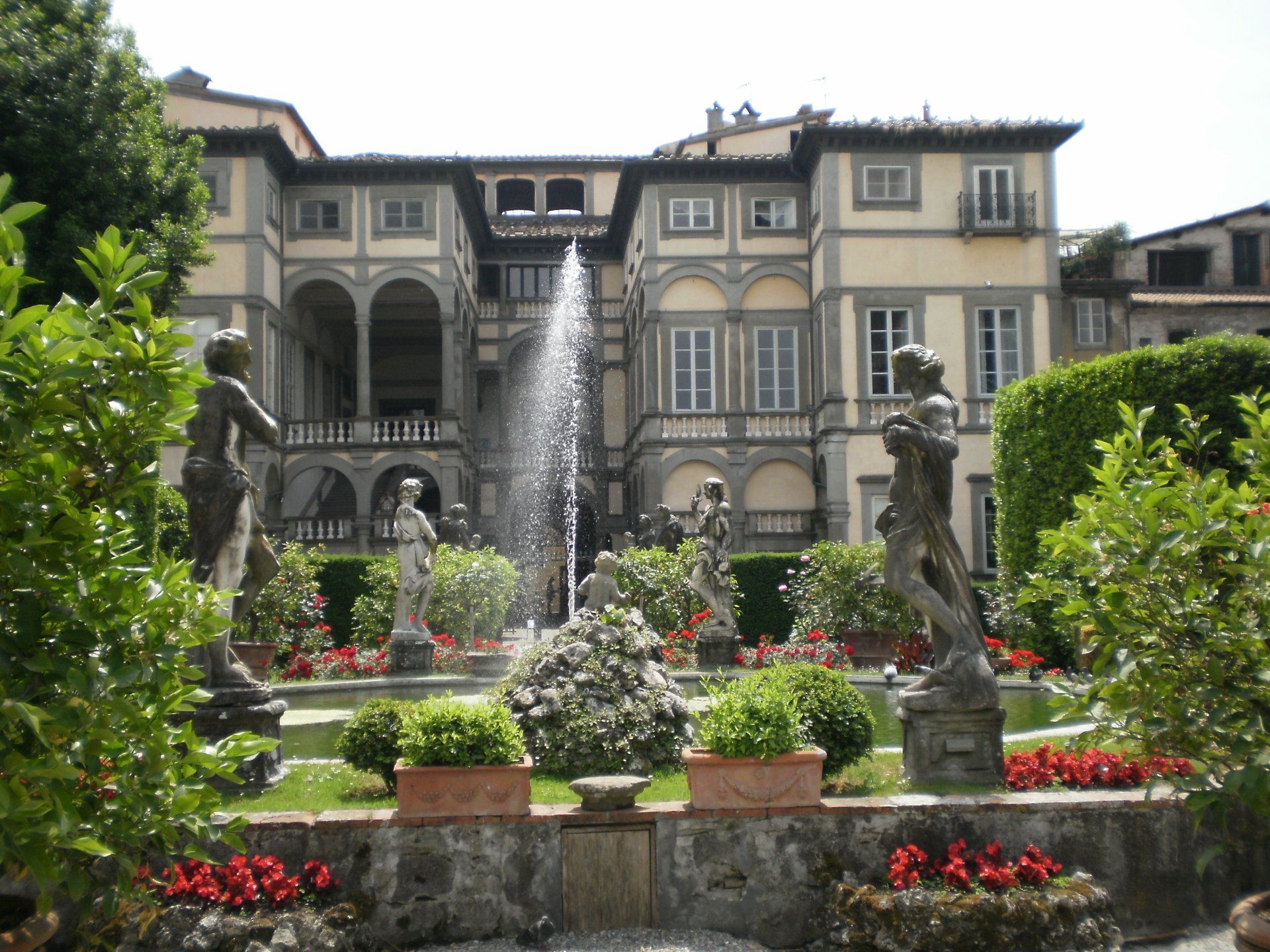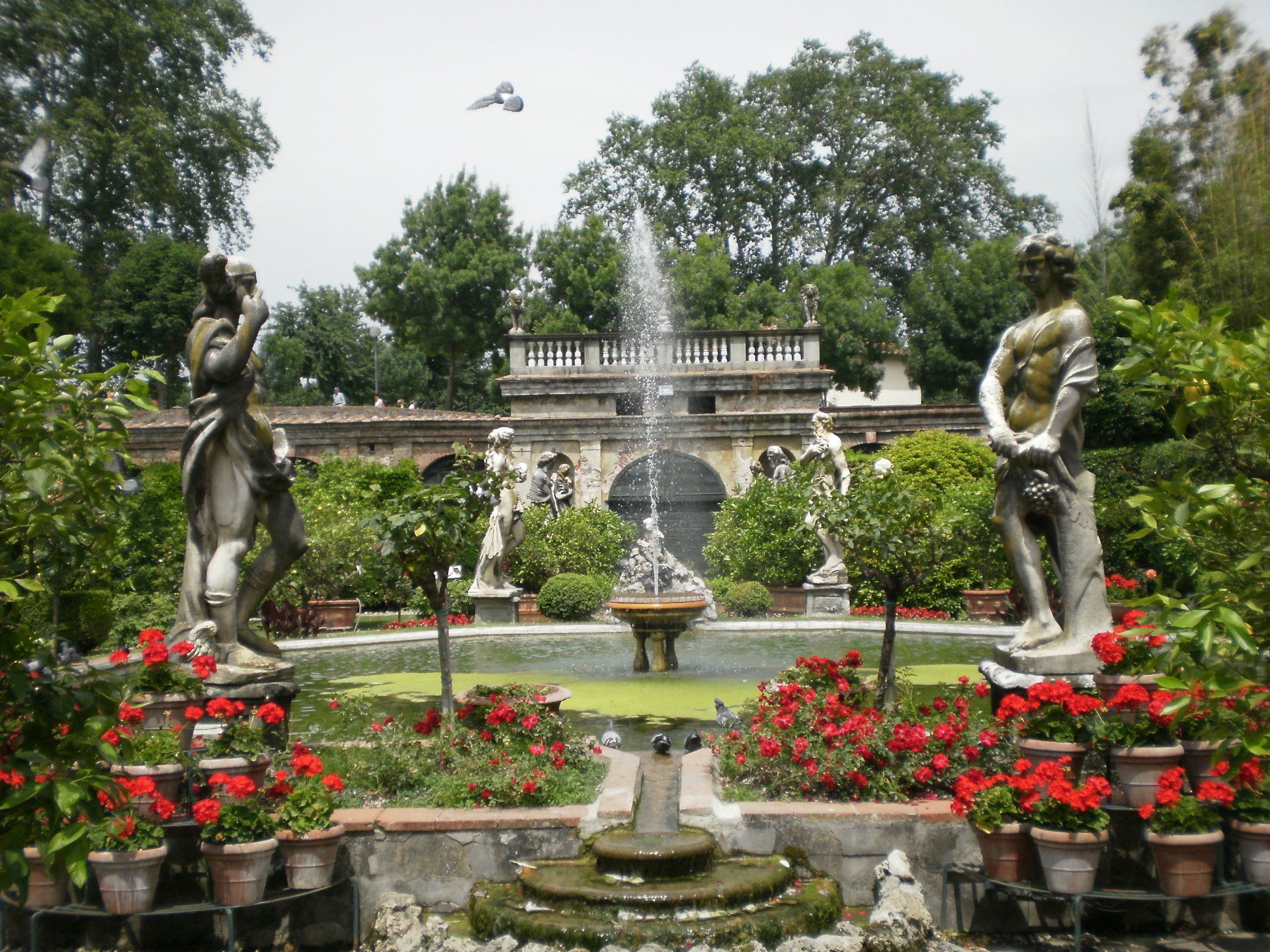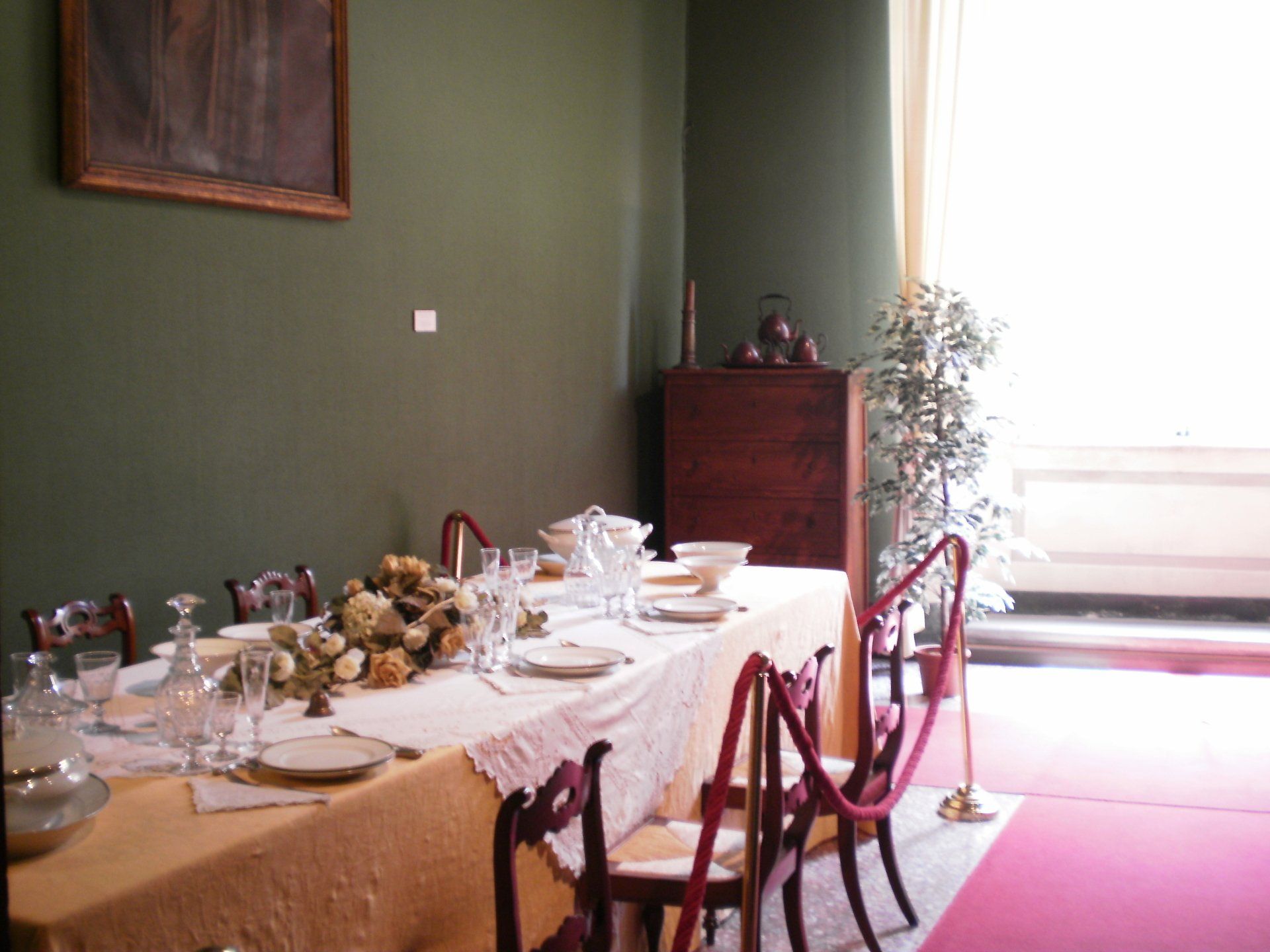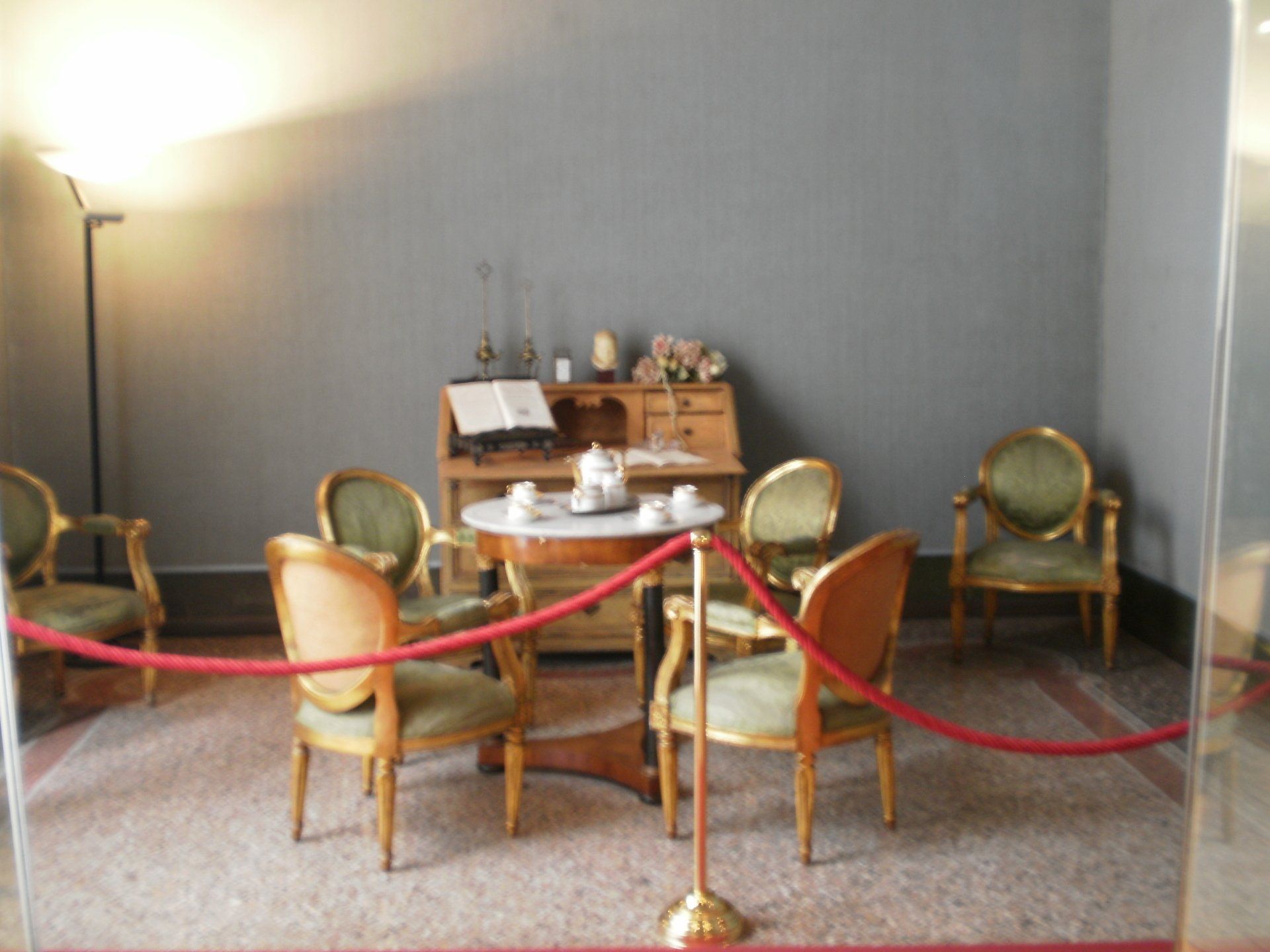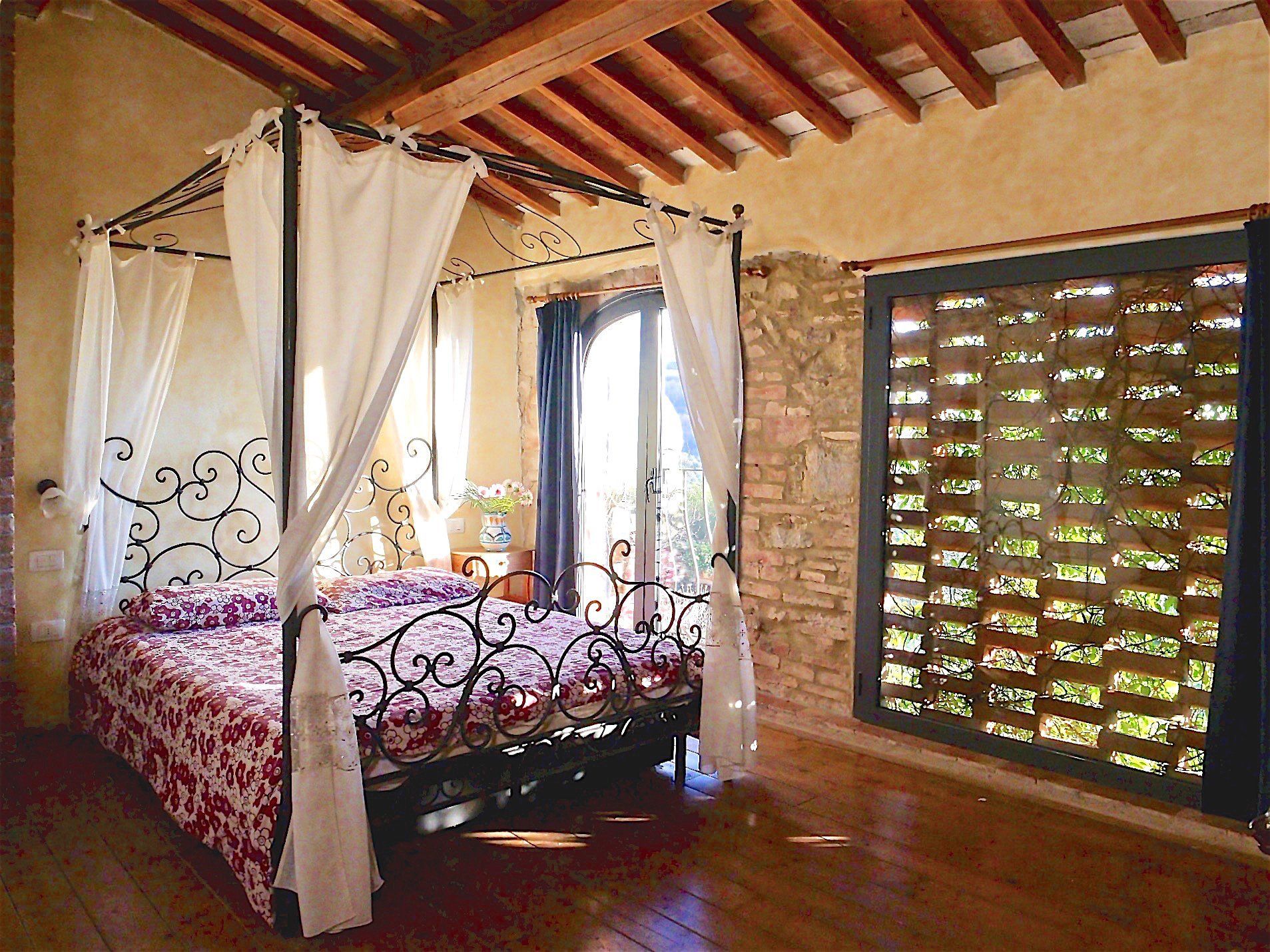Lucca
Slide title
Scrivi qui la tua didascaliaButton
Slide title
Scrivi qui la tua didascaliaButton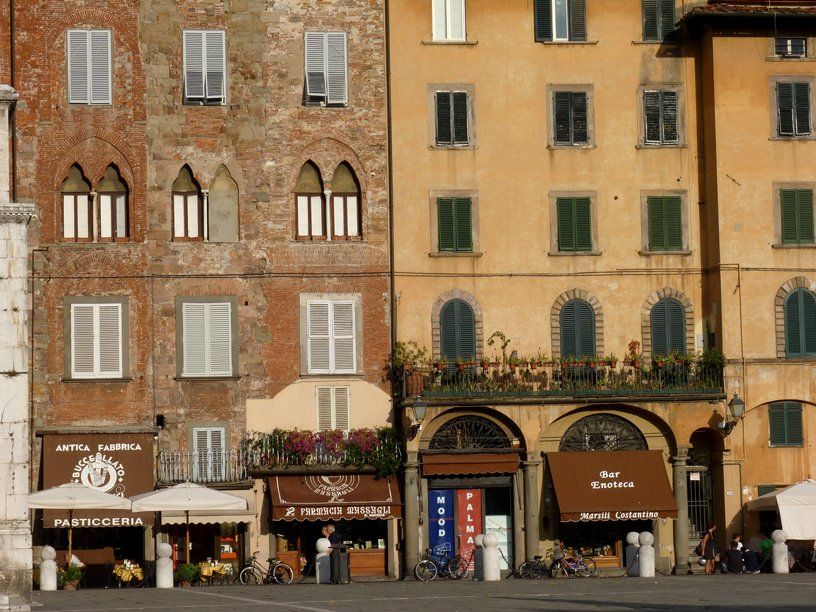
Slide title
Scrivi qui la tua didascaliaButton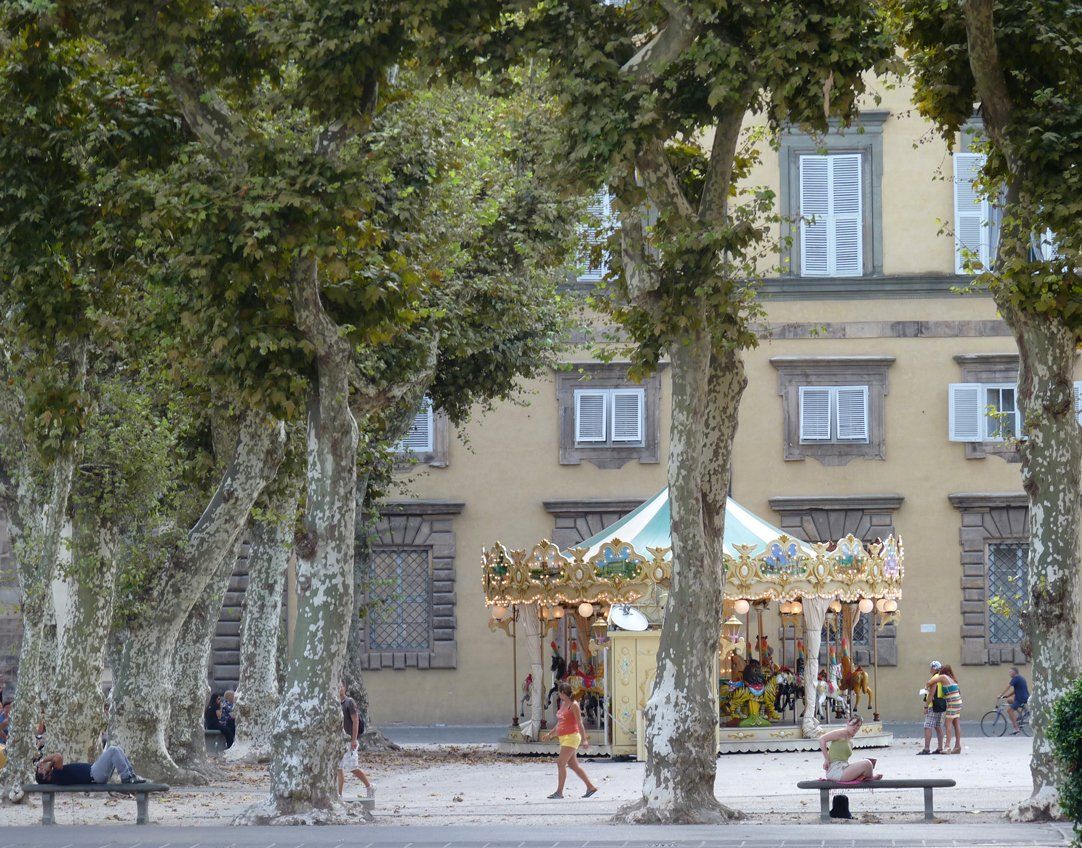
Slide title
Scrivi qui la tua didascaliaButton
-
Lucca - A pearl of Tuscany
Lucca has been defined in many different ways and it is one of the most illustrious Italian towns and it’s located on the left side of the Serchio River. Historically Lucca was a free “island” on its own in Tuscany as an independent municipality from 1162 and as an independent Republic from the middle of the sixteenth century until the French occupation in 1799. From 1805 to 1813 it was the Princedom of Felice and Elisa Baciocchi (Napoleon’s sister) and after the fall of Napoleon it became a Duchy under the Bourbon family.
Only in 1847, when Charles Luois of Bourbon left the duchy to Leopold II Granduke of Tuscany, Lucca could follow the same destiny as the other cities of the region. The city’s independence has been very important especially for the development of the silk sector, the city’s primary economic resource dominated by rich and powerful merchant companies with affiliates around the whole of Europe.
The city of Lucca strongly identifies itself with its town wall and it has become a monument also thanks to the fact that it has never been besieged! The historic center, where the plan of the Roman colony is still retraceable with its square-like shape, is characterized by elegant palaces, florid gardens and medieval towers. The town offers many open spaces with trees and flowers and the green foliage are visible even on the very peculiar Guinigi Tower which has trees growing on top of it. Among the rich variety of art works in Lucca there are the splendid cathedral dedicated to Saint Martin and where it’s possible to see the famous funerary monument of Ilaria del Carretto, a masterpiece of the sculptor Jacopo della Quercia. Lucca is also famous for being the native town of great musicians like Luigi Boccherini and Giacomo Puccini.
What to visit in Lucca in one day Short history
22/3/2023
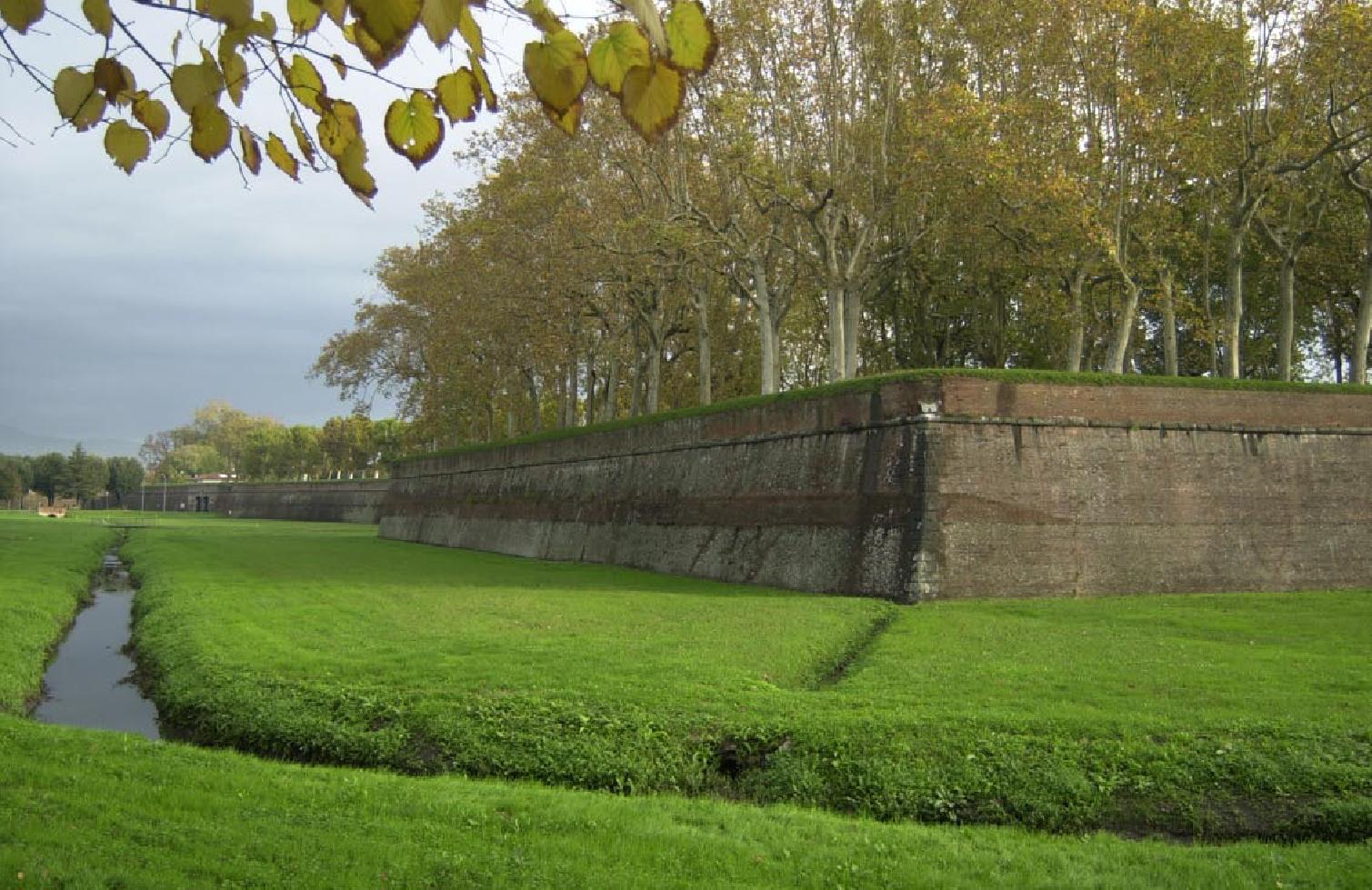
Slide title
Scrivi qui la tua didascaliaButton
-
Lucca - The Walls
The present town walls - the most recent in the city ramparts that defended Lucca - still surround the historical city centre with an uninterrupted path of 4,200 metres.
At the beginning of the 16th c., the town began to feel the need of a new ring of walls, also in consideration of the expansionistic policy of the Medici who aimed at making Florence the capital town of a wider state than how it had been until then.
To attain their goal the Florentines would have submitted the last independent state-towns with their strength.
Consequently, a great number of military architects were successively charged of the planning and the execution of the new town walls which have been kept practically intact to the present days.
The expansion and construction works lasted about a century, from 1550 to 1650, a period during which twelve curtains, a platform and ten bulwarks with rounded corners were built, also providing for the opening of sortite (sally ports) on the sides of the bulwarks instead of on the curtains, creating an impressive engineering work.
The walls are more than 10 meters high and up to 30 meters thick at the base. Until 1799, they were defended by 126 cannons which were taken away by the Austrians during their withdrawal. On the bastions there are still the casermette (barracks) which once provided the soldiers a shelter whereas today they are used for cultural and social activities. The original gates were San Pietro, San Donato and Santa Maria, while Porta Elisa had being built by Elisa Baciocchi (sister of Napoleon Bonaparte) at the beginning of the 19 century.
On the contrary, Porta Vittorio Emanuele (also called Sant'Anna) and the smallest, Porta San Jacopo, are of the 20th centuty whose opening was determined by the increasing traffic flows.
Never called to defend the city, if not once from the fury of the Serchio (the river that flows not far away) which was stopped by suitably padded doors, in the 19th century they officially became a place for strolling and entertainment, thanks also to the double row of trees. that still today you can admire. The Urban Walls, now off-limits to vehicle traffic, build one of the most evocative panoramic walks: you can in fact admire the architectural beauties of the city on one side while, beyond, the gaze sweeps, beyond the immediate periphery, towards the hills of the municipal area and neighbouring municipalities.
-
Suggestions for the visit of the walls
The city walls can be discovered in an hour's walk or, especially if you have children who soon get tired of walking, you can rent bicycles from the numerous renters that you can also find near the entrance gates to the city. In this way the whole family can enjoy the discovery of this splendid city on human scale with fun.
The walls of Lucca history and characteristics
22/3/2023
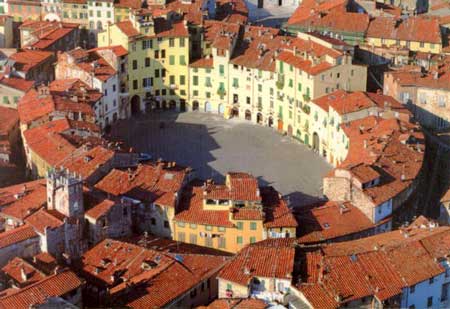
Slide title
Scrivi qui la tua didascaliaButton
Slide title
Scrivi qui la tua didascaliaButton
-
Lucca – The Amphitheatre Square
This unique square on the spot where the Ancient Roman amphitheatre originally stood is what is left, along with the few remains that still can be seen, of the presence of the Romans in Lucca, who arrived in about 180 BC and saw the transformation of the town from a "castrum" to a Municipality with the right to mint its own coins. This valuable seat of entertainment with its two rows of arches decorated with a marble covering and columns was built outside the city walls at the beginning of the II century AD and could hold up to 10,000 spectators.
During the Byzantine invasions it was transformed into a fortress, stripped of the marble covering and columns which had embellished it, and then during the medieval period its foundations were used to make houses and the central arena was divided into many small vegetable lots for domestic use.
During the centuries that followed it was used as a prison as well as a salt warehouse and at the beginning of the 18th century it was the public slaughterhouse. It was thanks to Carlo Ludovico who commissioned the famous architect Lorenzo Nottolini to restore the square that the Amphitheatre Square owes its present appearance, highlighting the perfect elliptical shape which makes it so characteristic and the charm of ifs uneven circle of houses of irregular heights, its four entrance gates, its spacious square with the sky above an ideal roof.
Open air fruit and vegetable market for many years, it now hosts the flower market on the 27th April for the festival of Saint Zita and during the Christmas festivities hosts a market of typical local products and artefacts while, occasionally, it acts as the back-drop for important international concerts.
Lucca – Amphitheatre Square history and characteristics
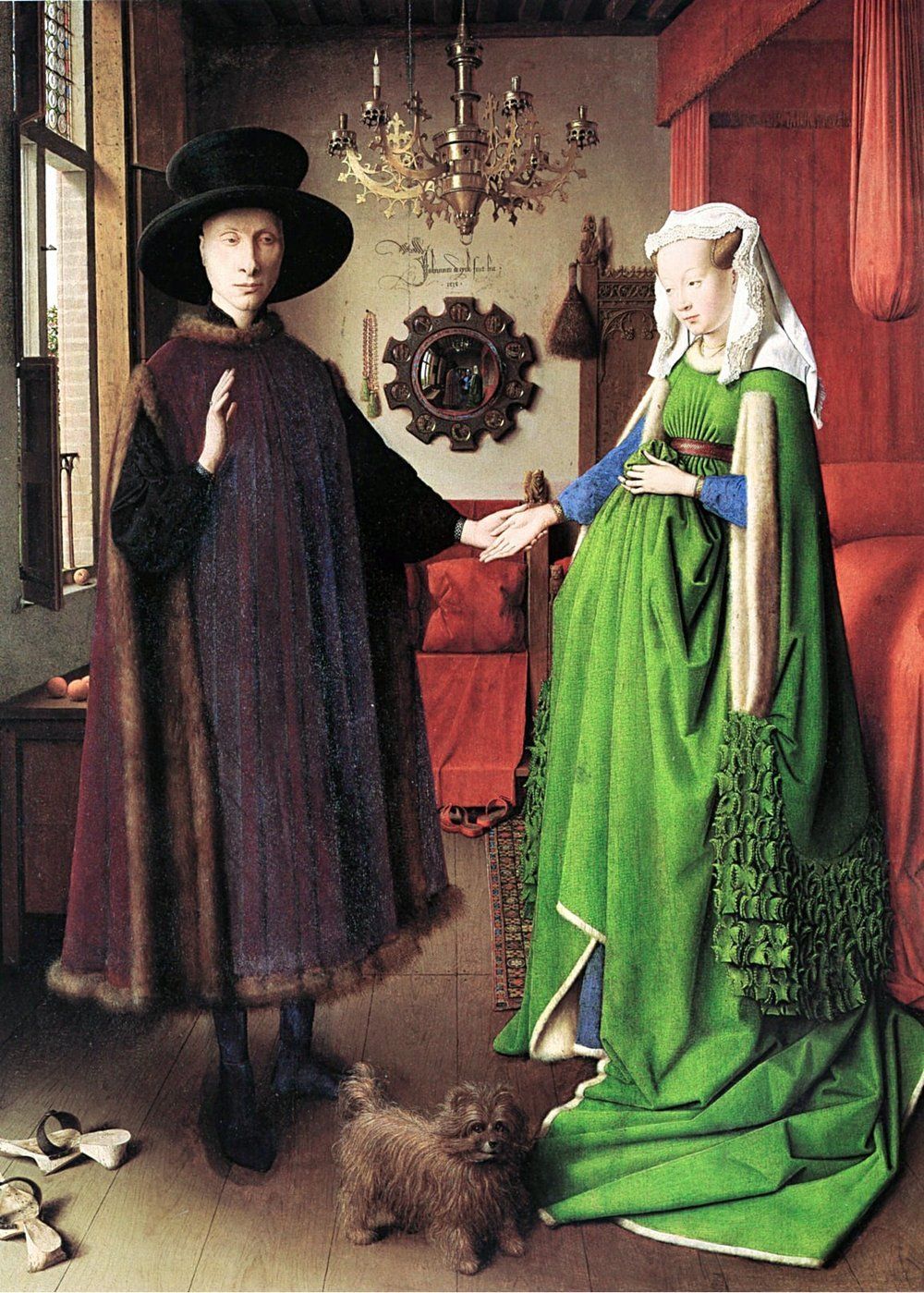
Slide title
Scrivi qui la tua didascaliaButton
-
Lucca - Great Renaissance Merchants
Great renaissance merchants; not only Florentines... Many Florentine families are famous in history for their important export activities which made them rich during the renaissance era. Less known is the history of those who, around the same time, transformed the little independent town of Lucca into a big important city. In fact, even if they were less popular than their Florentine colleagues, the merchants of Lucca exported to the whole of Europe. Above all, their high quality goods were: silk fabrics, jewels, necklaces, silver and gold objects. They were specialists in luxury. The fabrics made the merchants of Lucca so rich so that they could become bankers and finance the royal and noble houses in the countries to which they were exporting.
The Sbarra family, for example, lent money to the Court of France and the Rapoldi family lent money to the Court of the Flanders. The duke of Burgundy even entrusted Dino Rapoldi the task to collect the taxes and to look after the money. Another banker of the Counts of Burgundy from Lucca was the famous Giovanni Arnolfini who managed to overshadow the fame of the Florentine merchants with his skills; he even let the famous fifteenth century Flemish painter Jan Van Eyck make a portrait of him and his wife Giovanna Cenami in Bruges. The portrait is considered one of the greatest masterpieces of the Flemish art and it’s on display at the National Gallery in London.
Lucca and the great Renaissance merchants short history
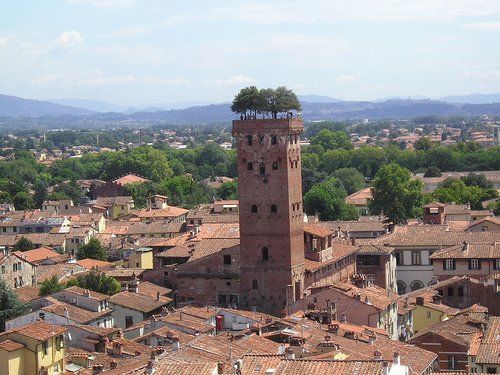
Slide title
Scrivi qui la tua didascaliaButton
-
Lucca - The Guinigi Tower
„On our way we saw Lucca towering in a small ring of walls looking like a forest of trees“ Fazio
degli Uberti (14th century) Dittamondo - Book III Chap. V-221). After the fear for the „end of the world“ expected in the year One thousand, the powerful families began to abandon their country castles to live inside the city walls. This move saw the beginning of „tower houses“: austere homes with sumptuous rooms and loggias for trade, surmounted by giddy stone towers - the height of which declared the power of the family. In the struggles for supremacy in the city, the members of the powerful families could barricade themselves in the upper part of the towers and hold out for months.The agreements among the powerful, often sealed by marriages, caused towers to be connected together with daring drawbridges.
When a family was defeated, its towers were knocked down.
The Guinigi Tower, in Via Sant‘Andrea is part of an imposing construction built by the Guinigi family - rich and powerful merchants and bankers in fourteenth century Lucca. 44 metres high, it is now the only survivor of the over 250 towers that enriched the city in medieval times. The top of the tower, which can be reached after climbing 230 steps, is a hanging garden with 7 centuries-old holm-oaks, as a reminder of the grandeur, the strength and the immortality of a family name which made the city great, in particular in the person of Paolo Guinigi, Lord of Lucca during the first thirty years of the 15th century, in a period when commerce and money seemed to count more than arms.
The view over the historical centre of the city is particularly suggestive: to the north there is the Roman amphitheatre, to the south there is the Cathedral of San Martino in all its splendour, to the West the Church of S. Michele and to the East Villa Guinigi, suburban residence of this powerful family of silk merchants and bankers now peers out, where in the past it was outside the medieval city walls. .
-
Opening time and tickets
The Guinigi Tower is open all year except December 25th.
Opening time:
1 January - 20 March: 10.00 - 16.00
21 March - 31 May: 10.00 - 18.30* (*Saturday and Sunday closing at 19:30)
1 June - 20 September: 10.00 - 19.30* (*June-July: Saturday and Sunday closing at 20.30; August: Saturday and Sunday closing at 20.00)
21 September - 30 September 10.00 - 18.30
1st October - 31st December: 10.00am - 4.00pm (closed on 25th December)
Full ticket € 5.00
Reduced ticket € 4.00
The reduced rate is reserved for:
children under 18 and over 65;
Family ticket consisting of one / two parents accompanied by their children aged between 6 and 18 years 3 € (price per person);
Free admission is reserved for:
children under 6 years old;
disabled person with escort.
A cumulative access ticket to the Guinigi Tower, Clock Tower and Botanical Garden is also available at the price of 12 €.
22/3/2023
Lucca The Guinigi Tower short history, opening hours and tickets

Titolo diapositiva
Scrivi qui la tua didascaliaPulsante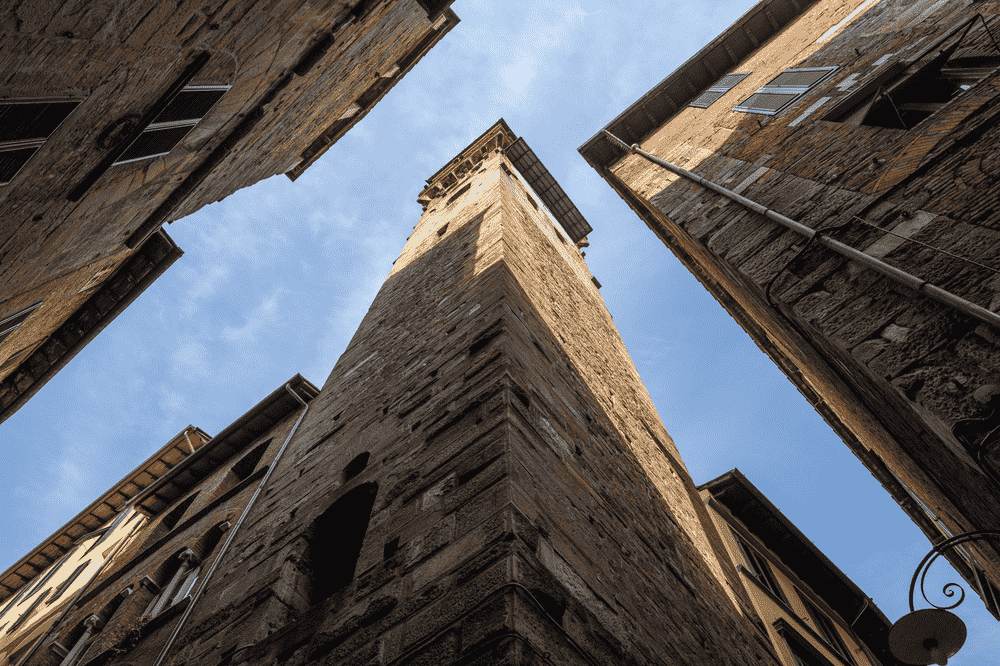
Titolo diapositiva
Scrivi qui la tua didascaliaPulsante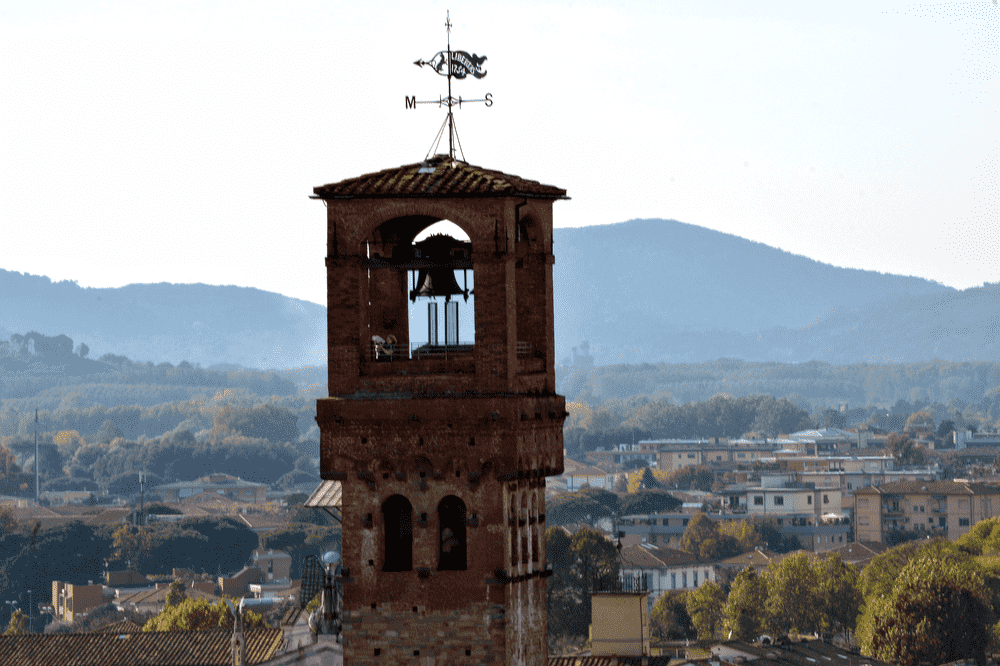
Titolo diapositiva
Scrivi qui la tua didascaliaPulsante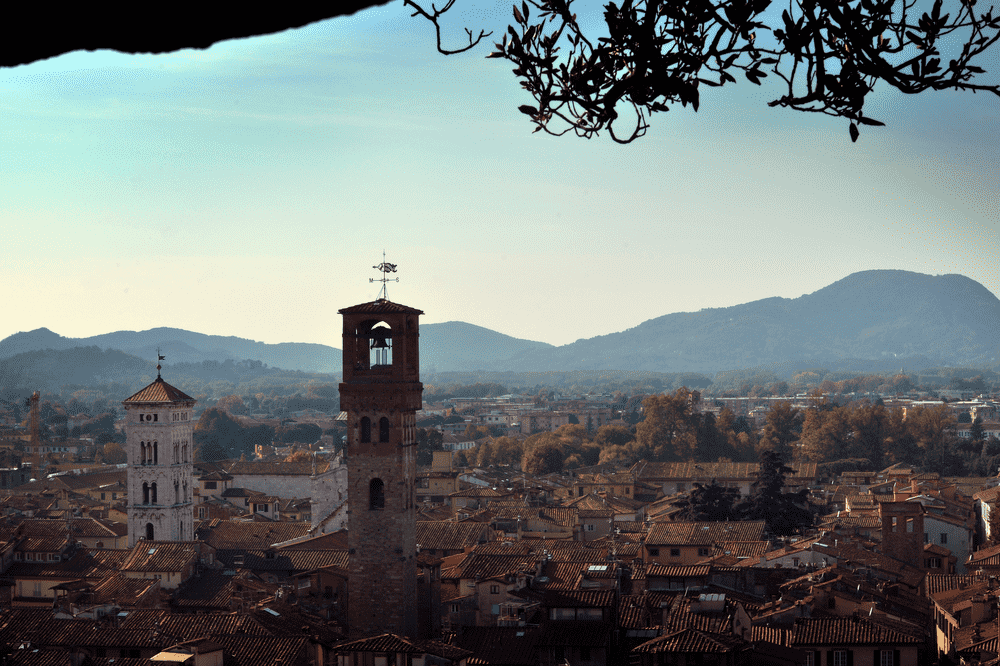
Titolo diapositiva
Scrivi qui la tua didascaliaPulsante
-
Lucca - The Clock Tower
In 1390 the General Counsil of Lucca decided to have built an “ Orologio bonum, sufficienter aptum et bene distinguentes tempus per horas” (a good watch, capable enough to set the time well into hours) which was to be placed on the tower of the “Quartigiani” or “Diversi” in Via Fillungo.
However the tower was not acquired until the year 1490 when it was renamed the Civic Tower and when a clock face was placed on the tower so that the time could be seen and not simply heard as before with the striking of the bell.
The working mechanism of this clock underwent changes throughout the centuries until when, in 1752, the Revenue Offices of the Republic of Lucca decided to entrust the Genevan Louis Simon with the task of constructing a completely new and more modern mechanism, using a system of dividing the hours on a graduated scale, connected to a wheel which regulates the striking of the hour from one to six on the larger bell, Roman-style, and the striking of the quarters on the two smaller bells. In 1754, a new clock-face was mounted on the tower on which the 12 Roman numerals were painted and new clockhands with a star-shape at their centre; new also were the bells, which the Lucchese founder Stefano Filippi had had cast at his own expense.
It is the highest tower in the city and offers an entrancing view from its summit which can be reached by climbing up the 207 steps of the perfectly preserved wooden stairs: a panoramic view over the plain of Lucca, while you can also see the working mechanism of the clock which is wound up by hand, one of the most interesting
of its kind still in working order in Europe.
Further Information
-
Opening Time and Tickets
Opening hours of the Clock Tower:
January 1st - March 20th: CLOSED
March 21 - May 31: 9.30am-6.30pm
June 1st - September 20th: 9.30am-7.30pm
21 September - 30 September: 9.30am-6.30pm
1 October - 4 November: 9.30-16.00
5th November - 31st December: CLOSED
Full ticket € 5.00
Reduced ticket € 4.00
The reduced rate is reserved for:
children under 18 and over 65;
Family ticket consisting of one / two parents accompanied by their children aged between 6 and 18 years 3 € (price per person);
Free admission is reserved for:
children under 6 years old;
disabled person with escort.
A cumulative access ticket to the Clock Tower, Torre Guinigi and Botanical Garden is also available at the price of 12 €.
29/2/2023
Lucca the Clock Tower, short description, opening time and entrance tickets

Slide title
Scrivi qui la tua didascaliaButton
Slide title
Scrivi qui la tua didascaliaButton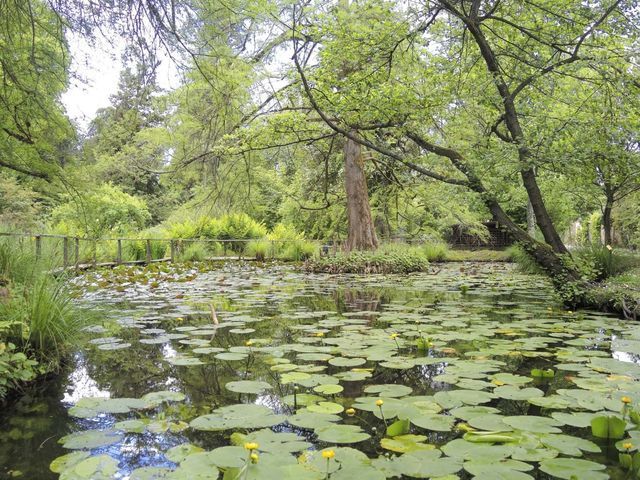
Slide title
Scrivi qui la tua didascaliaButton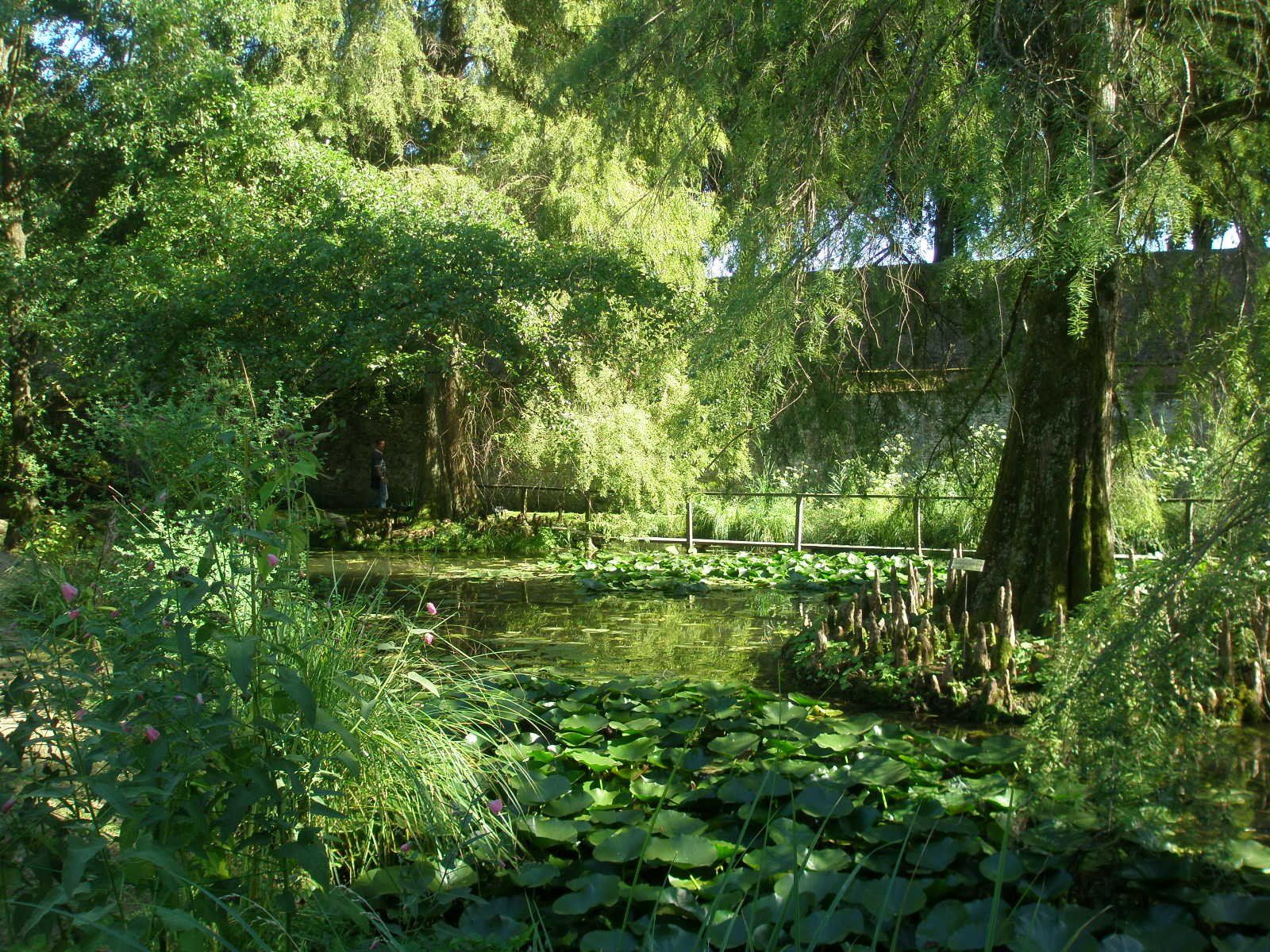
Slide title
Scrivi qui la tua didascaliaButton
-
Lucca - Botanical Garden
The Duchess Maria Luisa of the house of Bourbon decided in 1820 to create a botanical garden for scientific purposes and established and experimental laboratory in collaboration with the University College of Lucca.Throughout the years the garden has enriched its collection of rare and exotic plants which were planted also in the parks of the villas of the local nobility. A small lake adorns the garden, rich in local fauna, where a legend says that here the young, beautiful Lucida Mansi met her death, drowned in it by the devil for having broken her pact with him.
A rich variety of plants, typical of the mountain area around Lucca, includic medicinal and culinary plants can be admired here, whilst in the Botanical Museum precious, ancient herbaria and thousands of dried samples of vegetables are preserved. The Botanical Garden preserves a collection of approximately 200 species and comprises camelias, rhododendrons and azaleas.
The monumental green-houses are of particular interest, all restored; an interesting library preserves priceless botanical texts which confirm the scientific and educational conpetence which the Botanical Garden has clearly testified since its inauguration.
Among the elements that embellish the garden, the big medallions that describe important events about the Botanical Garden. Other elements are: the gate with pillars, decorated with leaves of bay in relief and with two lions, a sphinx and a pumpkin made of clay, that adorn the octagonal pond used for the cultivation of aquatic plants. As a background of the central avenue, close to the small lake, there is a beautiful group of cypresses of Virginia.
Botanical Garden of Lucca
Via del Giardino Botanico 14
Lucca
A cumulative access ticket to the Botanical Garden, Clock Tower, and Torre Guinigi is also available at the price of 9 €
☞https://cultura.comune.lucca.it/#musei
More info:
Lucca Botanical Garden short history opening hours and tickets
12/6/2022
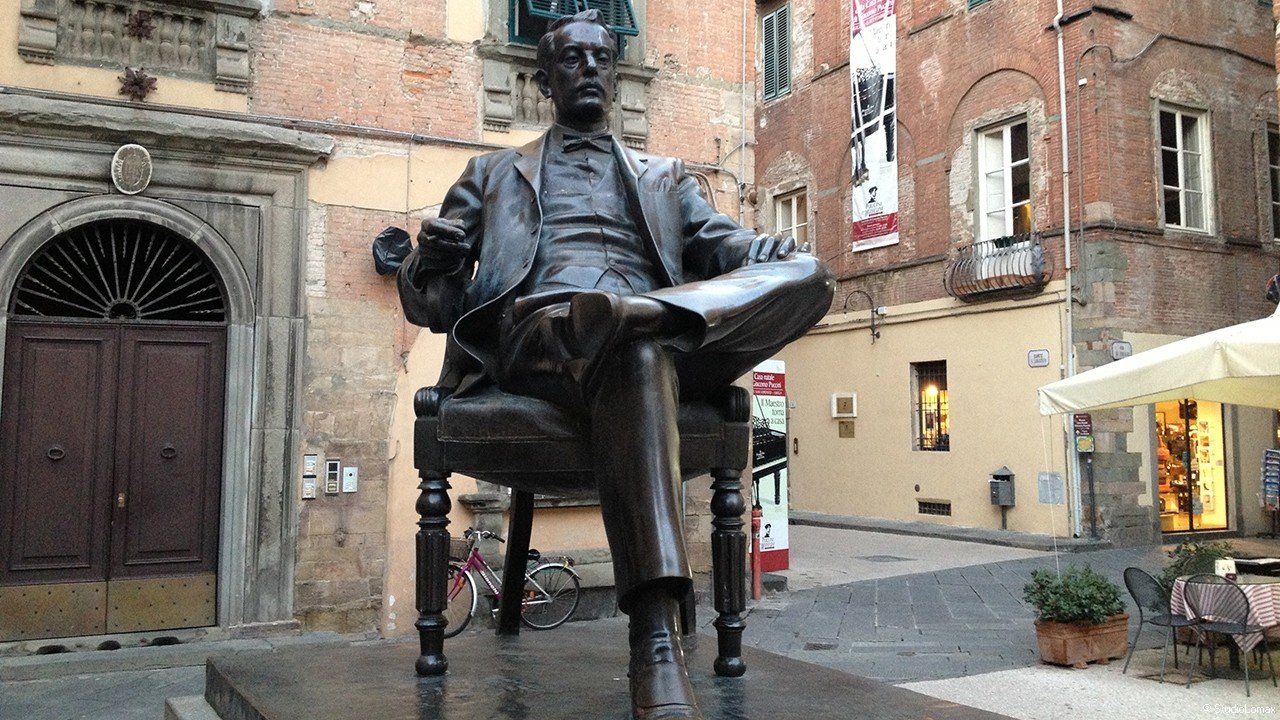
Slide title
Scrivi qui la tua didascaliaButton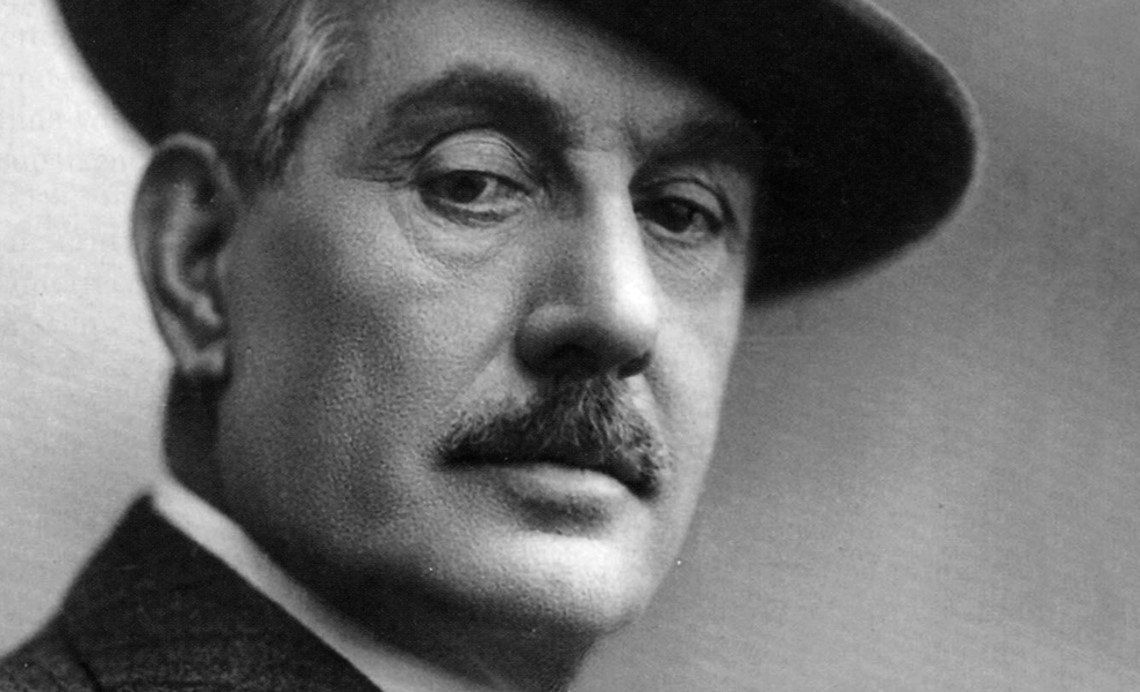
Slide title
Scrivi qui la tua didascaliaButton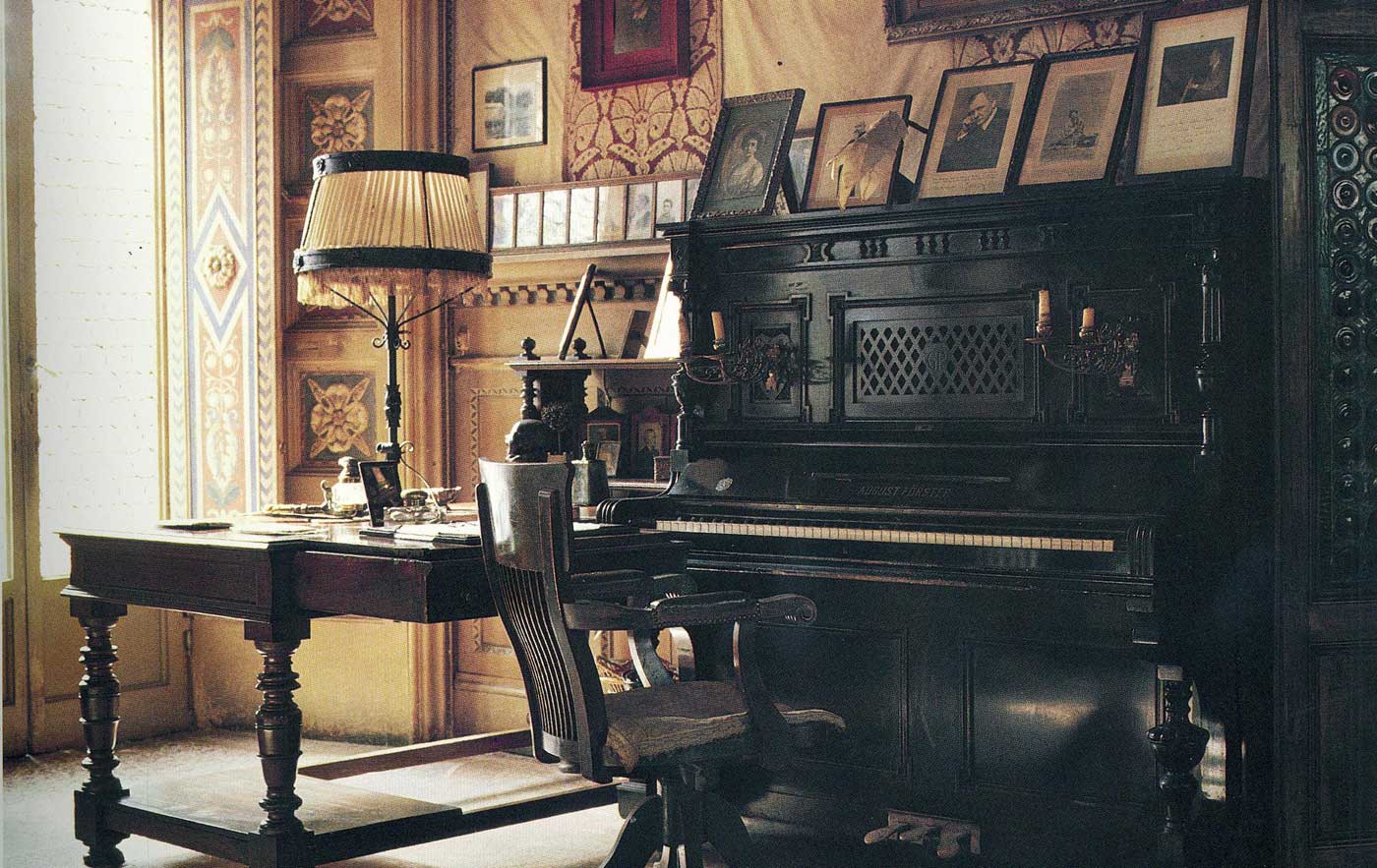
Slide title
Scrivi qui la tua didascaliaButton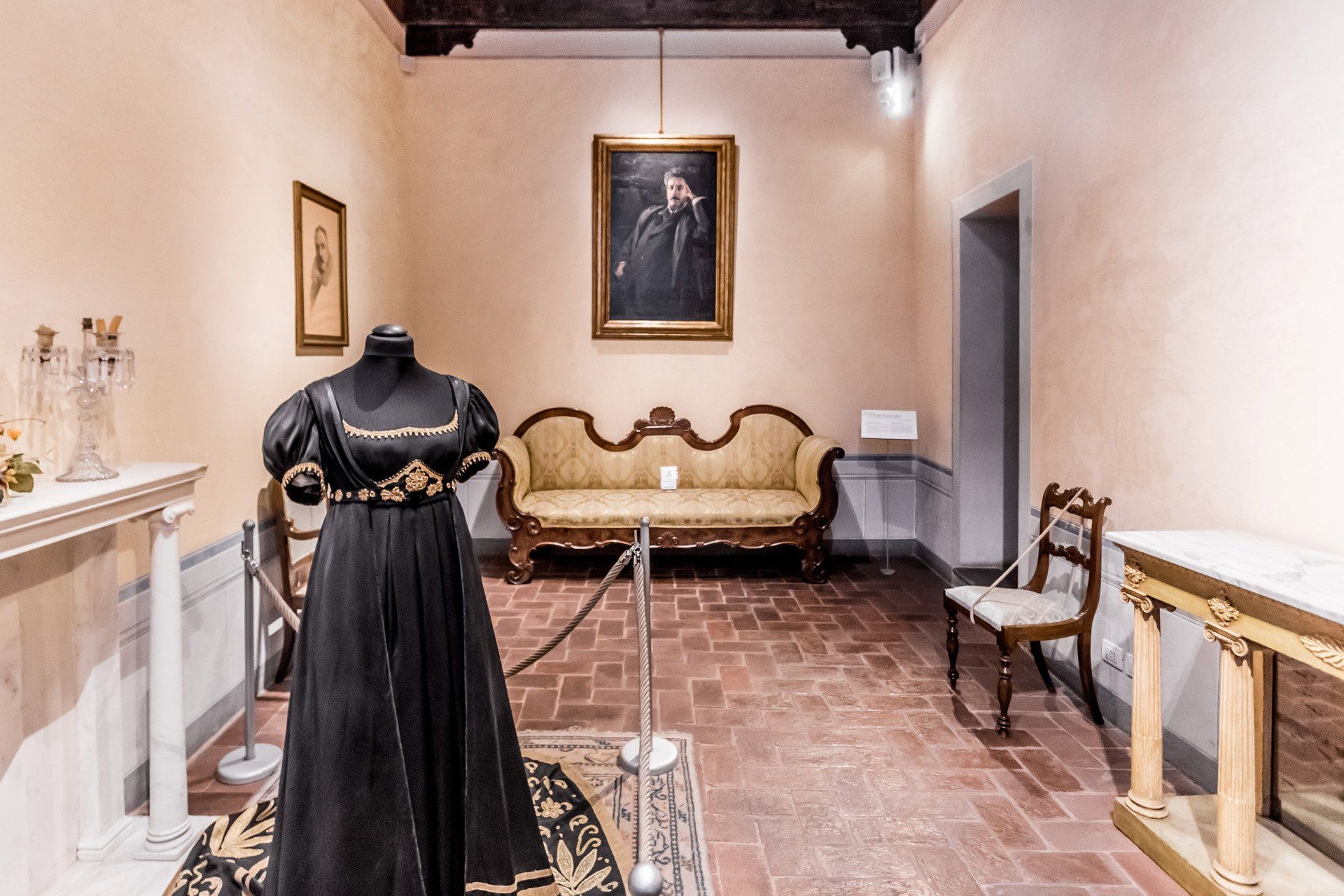
Slide title
Scrivi qui la tua didascaliaButton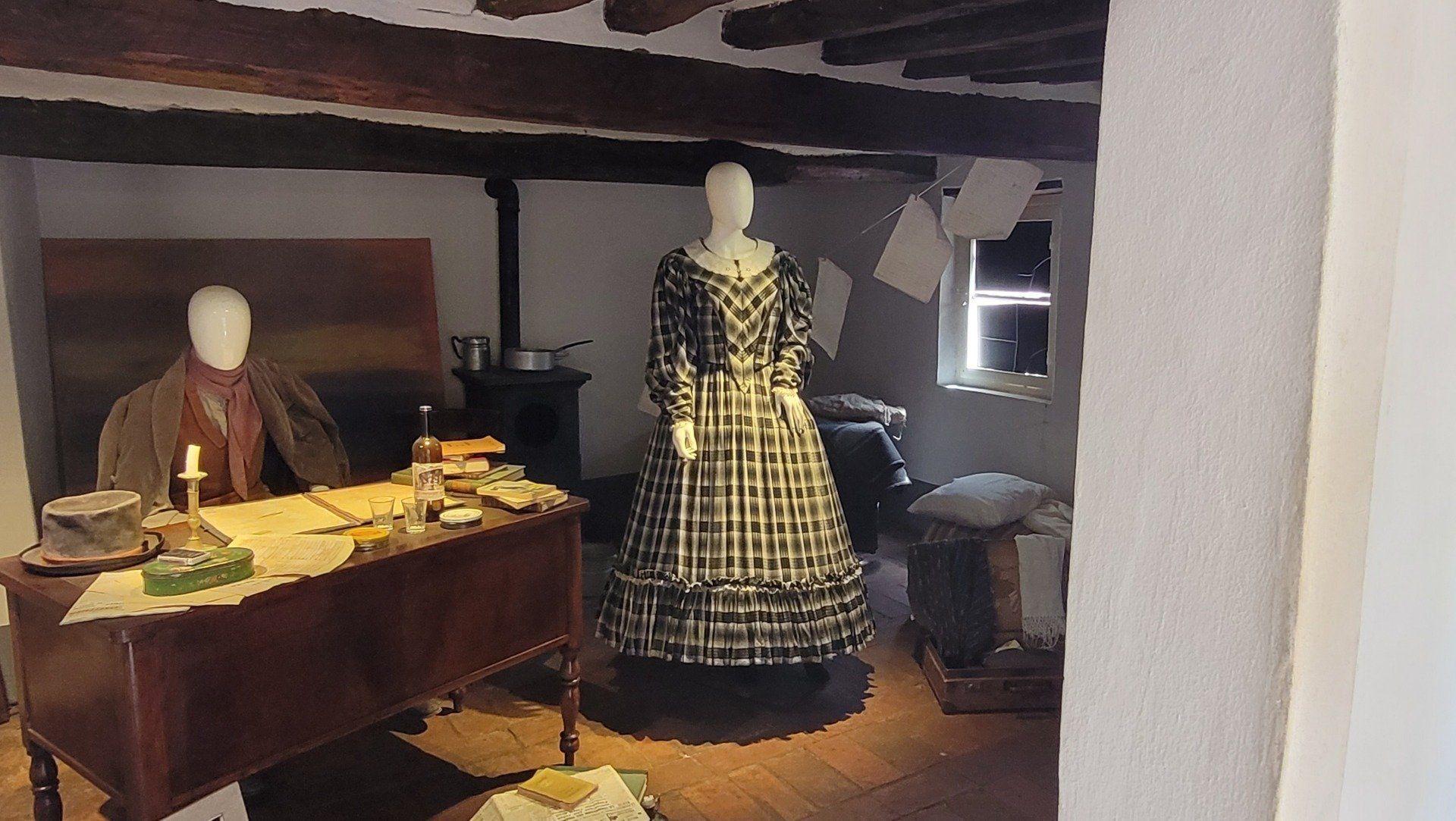
Titolo diapositiva
Scrivi qui la tua didascaliaPulsante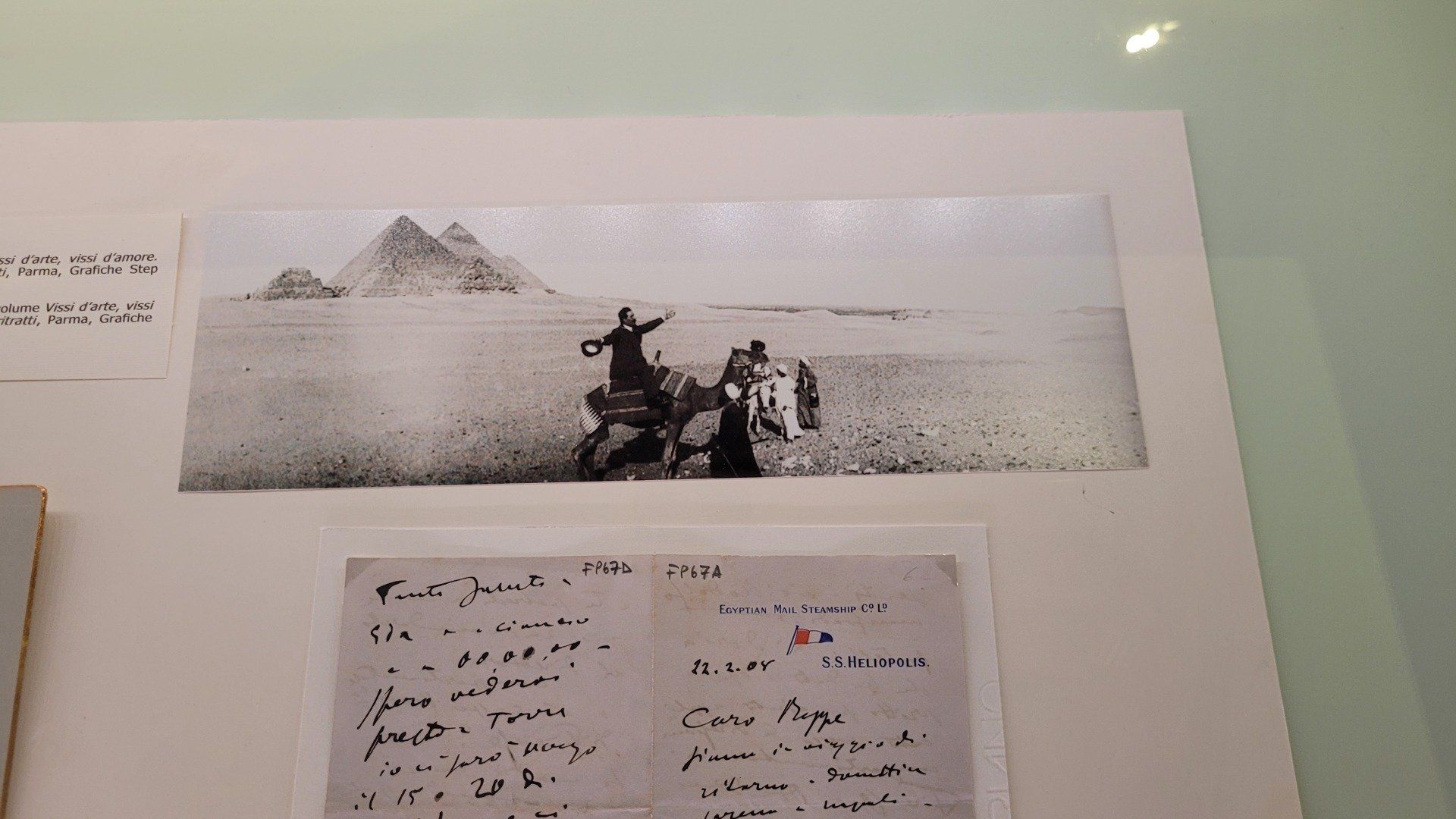
Titolo diapositiva
Scrivi qui la tua didascaliaPulsante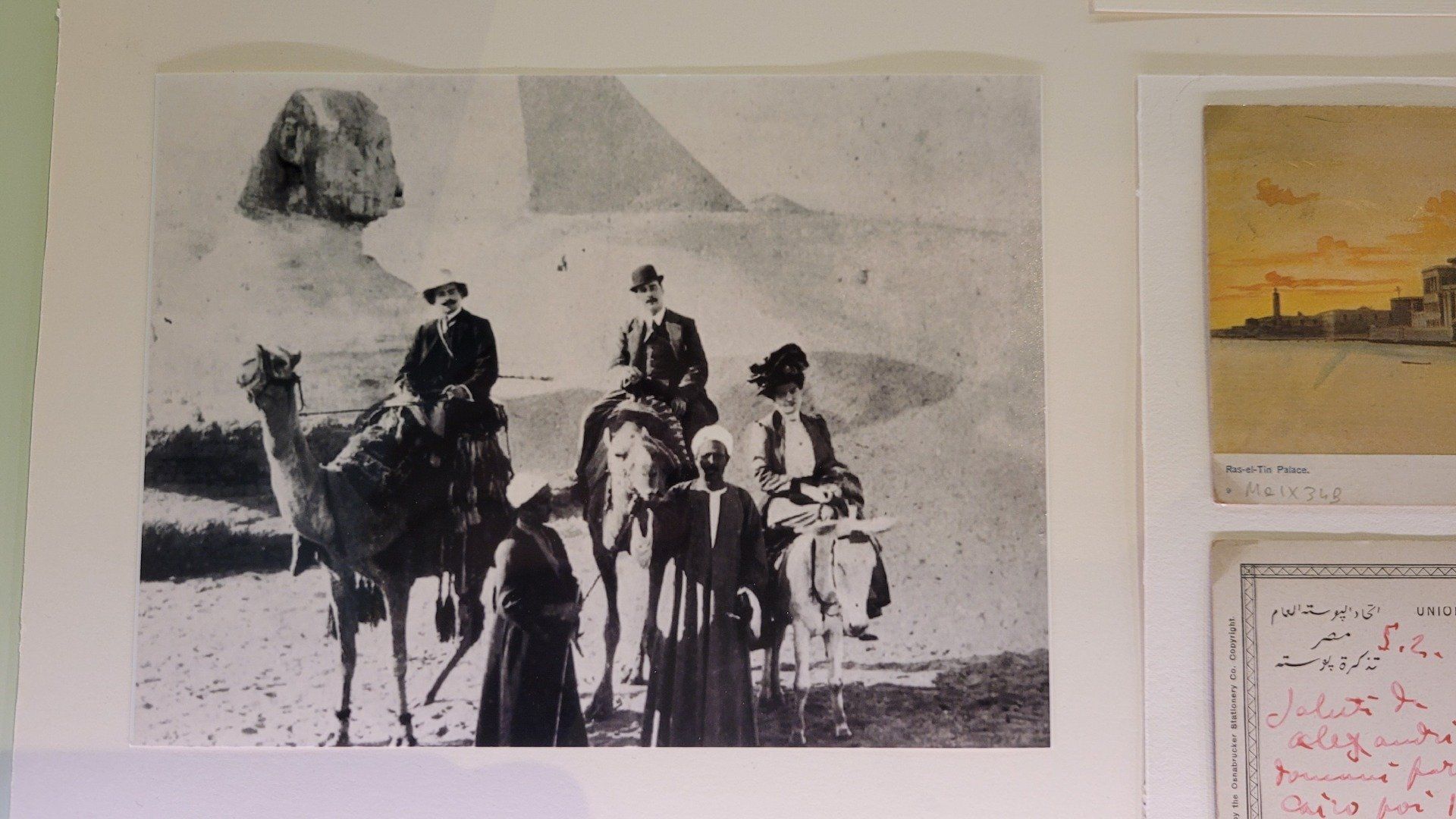
Titolo diapositiva
Scrivi qui la tua didascaliaPulsante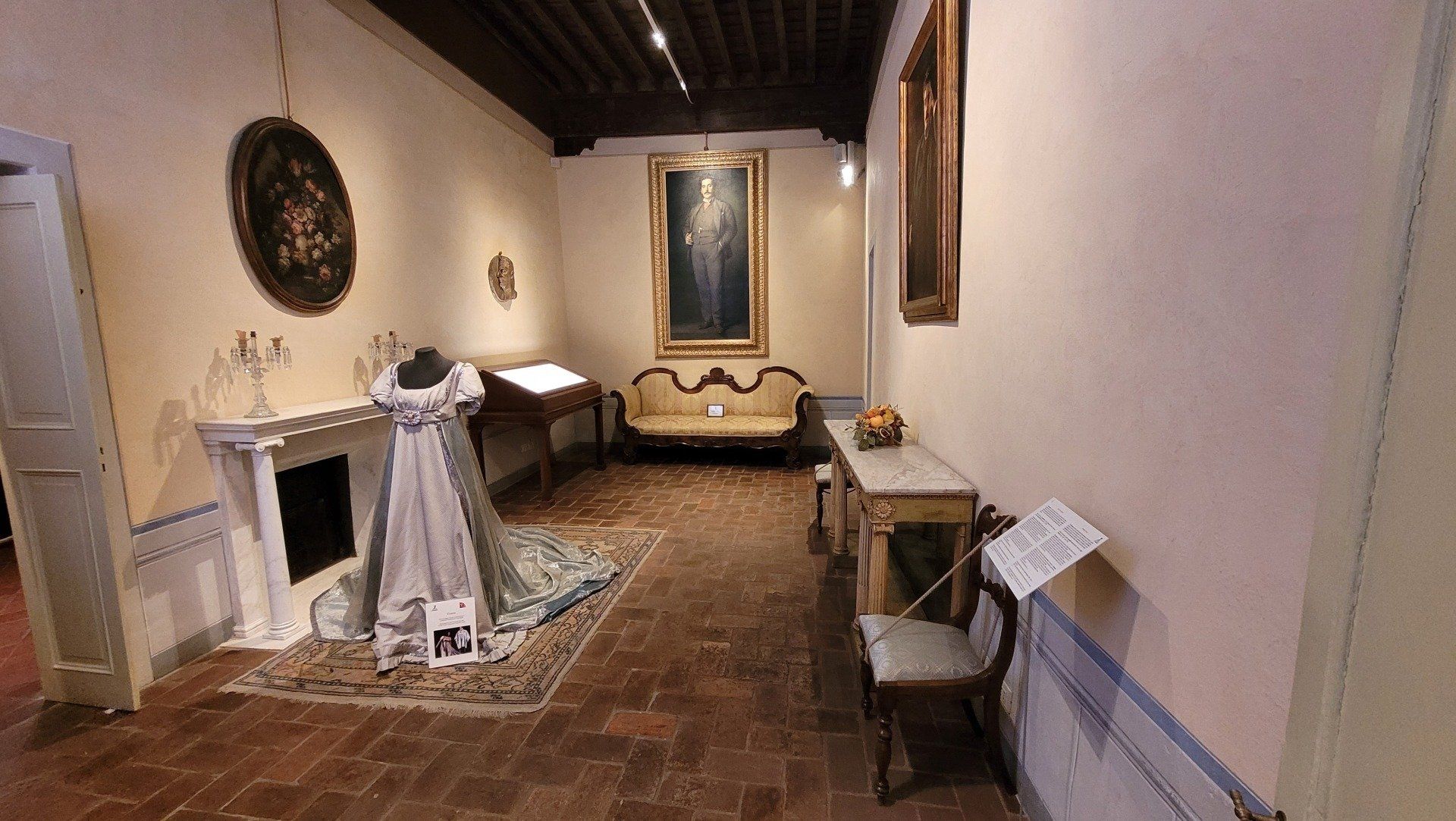
Titolo diapositiva
Scrivi qui la tua didascaliaPulsante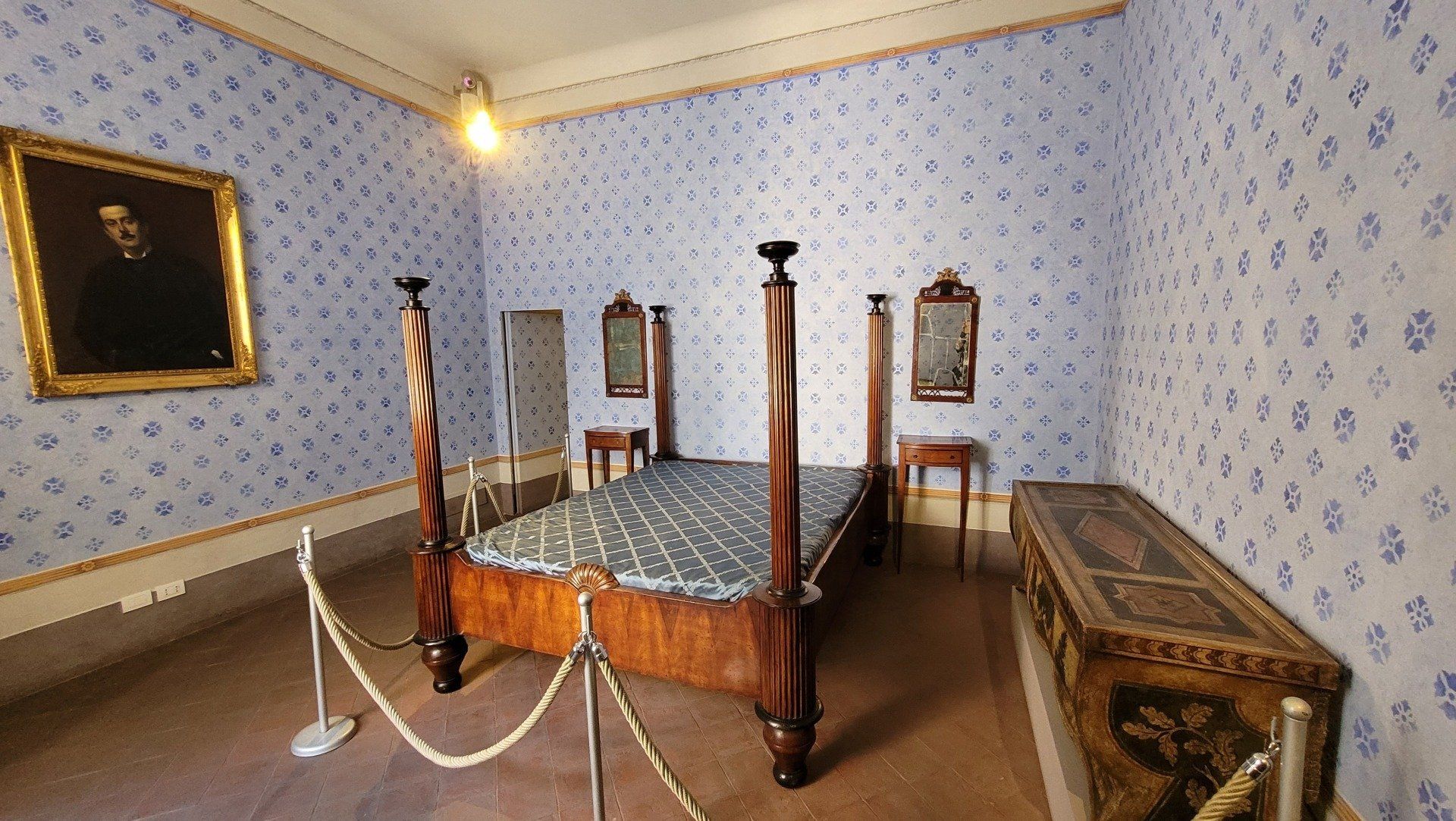
Titolo diapositiva
Scrivi qui la tua didascaliaPulsante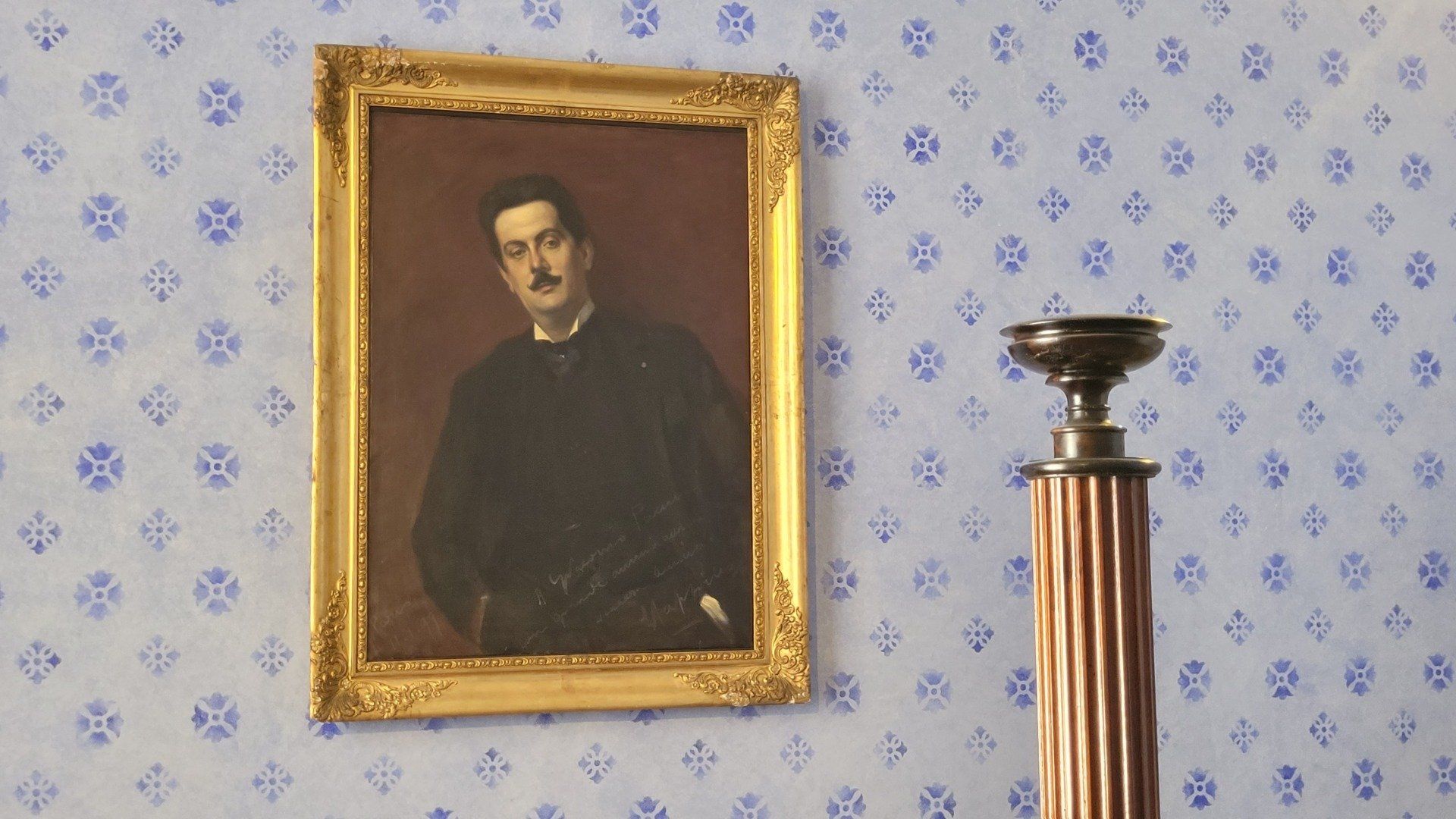
Titolo diapositiva
Scrivi qui la tua didascaliaPulsante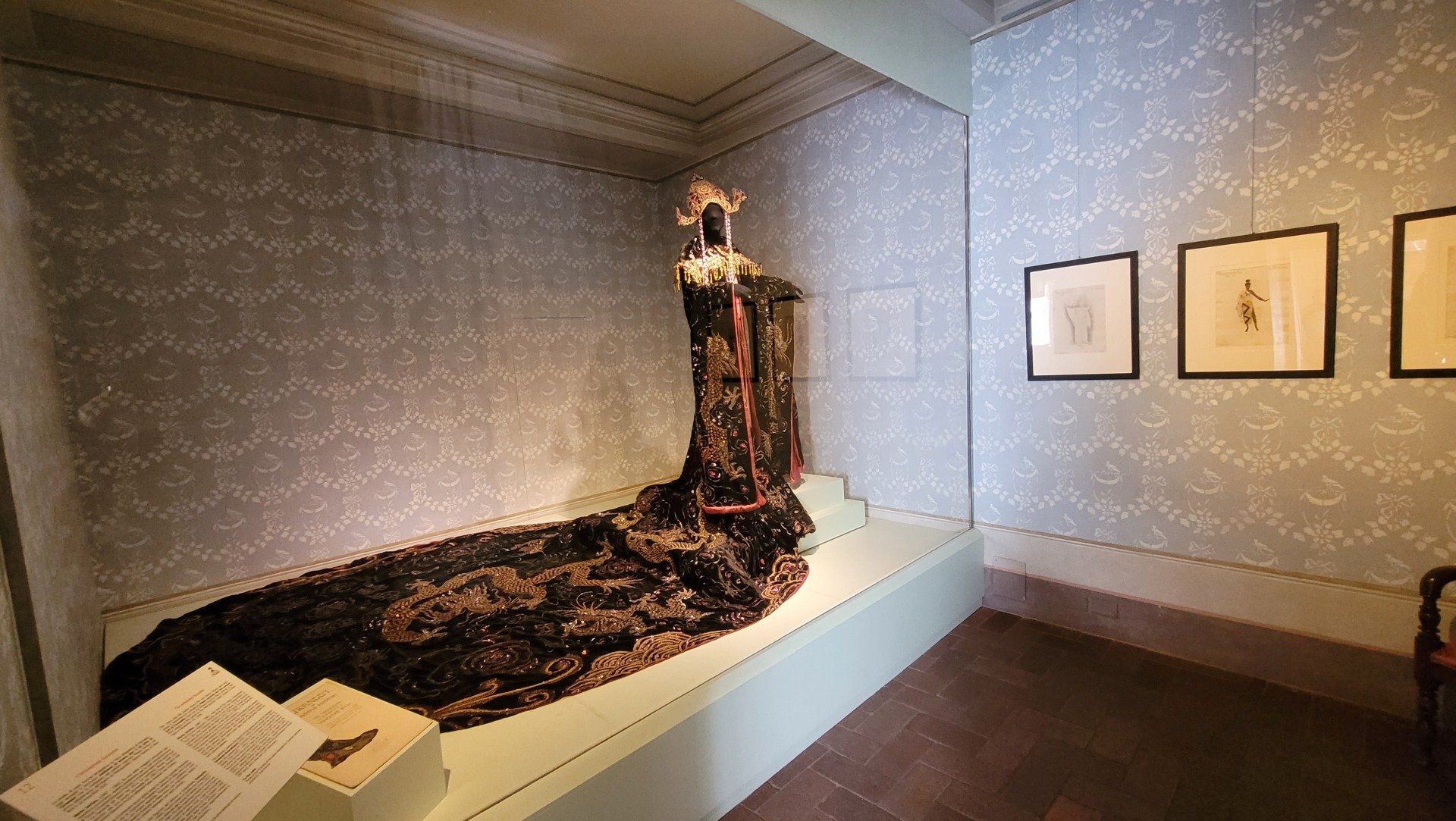
Titolo diapositiva
Scrivi qui la tua didascaliaPulsante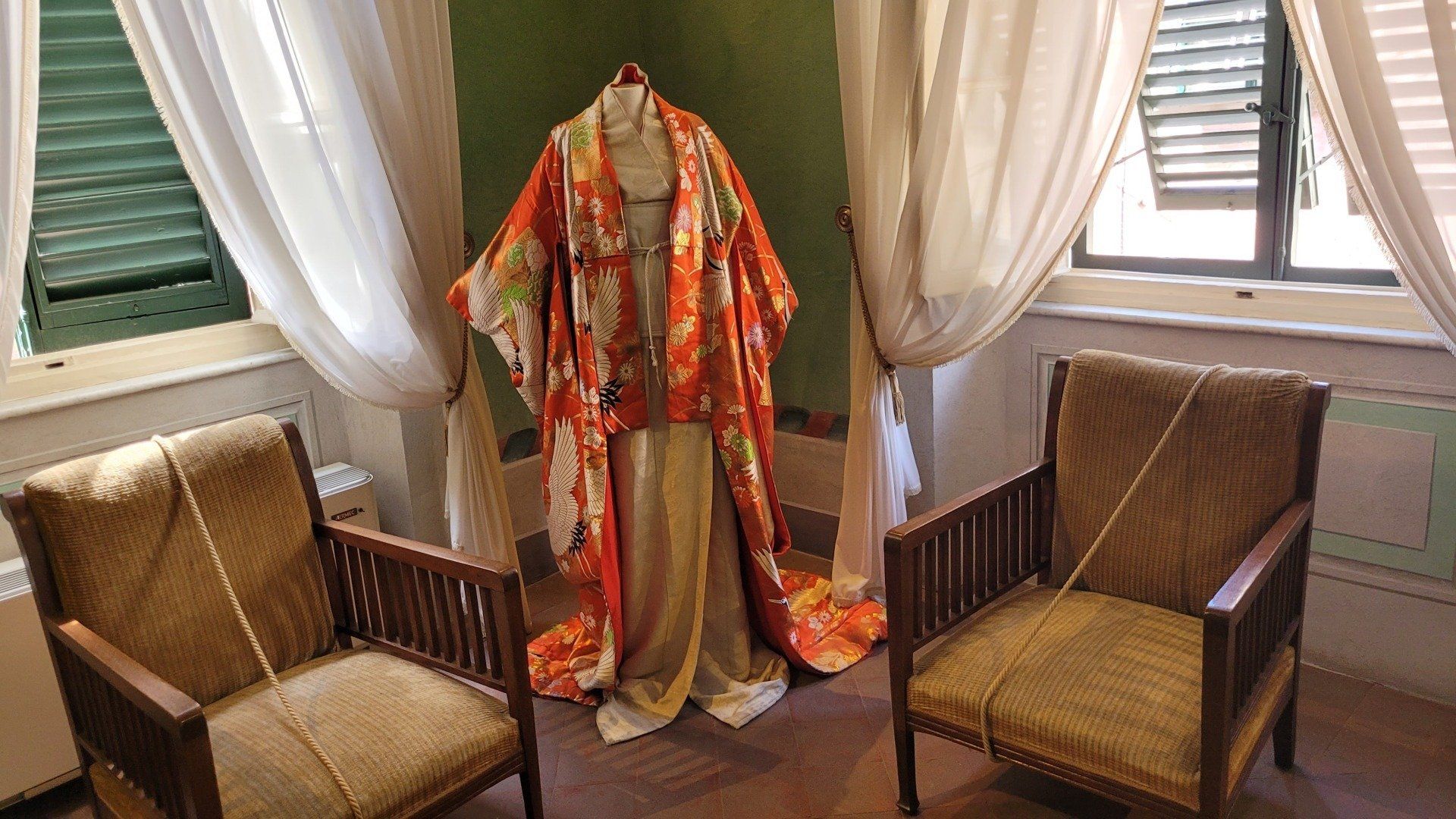
Titolo diapositiva
Scrivi qui la tua didascaliaPulsante
-
Lucca - Giacomo Puccini's birthplace
The Puccini family moved to San Lorenzo Square in 1815 after the death of Domenico Puccini, Giacomo's grandfather. Giacomo Puccini was born in this house on December 22, 1858, and baptized here the next day, perhaps because he was in danger of death. At that time, in the house lived his parents Michele and Albina Magi, his grandmother Angela Cerù, his sisters Otilia, Tomaide, Maria Nitteti and Iginia. Later will arrive two more sisters Ramelde, Macrina and his unique brother Michele Jr.
In this house Giacomo spent the happy years of childhood until the death of his father on January 23, 1864. After the death of his mother Albina (July 17, 1884) the house was rented out, since Giacomo and Michele jr. resided mainly in Milan and the sisters were all married (apart from Iginia, which was nun). The property passed into the hands of Giacomo and Michele Jr, given that their sisters had renounced to the inheritance in favor of their brothers. In September 1889, they sold the house to their brother-in-law Raffaello Franceschini, with a special clause which guaranteed the possibility of buying it back. It was only after the great success of Manon Lescaut in 1893 that Puccini was able to buy the house back, that since then remained property of Puccini and his heirs. His daughter-in-law Rita Dell'Anna in 1974 donated the birth home to the Puccini Foundation, with the intent to transform it into a museum.
The Museum was inaugurated on October 28, 1979.
Today, thanks to a careful restoration (2011), the birth home looks like when the young Giacomo lived there.
Giacomo Puccini, the last of a dynasty of composers, began his musical studies in the family and continued at the Musical Institute of Lucca, where he graduated in composition in 1880. His first works, Preludio a orchestra and Mass for 4 voices, belongs to Lucca years. From 1880 to 1883 he studied at the Conservatory of Milan. He participates, without success, in the Concorso Sonzogno with Le Villi. This opera, performed in 1884 with success, represents the beginning of his theatrical career and of the relationship with Giulio Ricordi, the most important Italian music publisher, who commissioned him a second opera, Edgar (1889).
Meanwhile Puccini had fallen in love with a married woman, Elvira Bonturi (1860-1930), who in 1886 abandoned her husband for him. They will be able to marry and legitimize their son Antonio (1886-1946) only in 1904. Thanks to the success of Manon Lescaut (1893) and La Boheme (1896), Puccini achieved international fame. His next operas Tosca (1900) and Madame Butterfly (1904), made Puccini the most famous living composer of his day.
The Girl of the Golden West (1910), La Rondine (1917) and The Triptych (1918) were then composed. From 1920 he started working on Turandot. The work was very problematic and Puccini thought of giving up the project several times. The opera was still not finished when Puccini was diagnosed with laryngeal cancer. In order to undergo an experimental radiation therapy, Puccini went to a clinic in Brussels but he survived the operation only by a few days. The unfinished Turandot was performed at Teatro alla Scala in 1926.
The museum preserves original furniture, precious objects which belonged to the composer, such as the Steinway & Sons piano on which he composed Turandot, autograph scores of youthful compositions (his first work, Preludio a orchestra, rediscovered in 1999, the Mass for four voices dated 1880), many letters from and to Puccini (those from Giulio Ricordi are particularly noteworthy), framed pictures, photographs, sketches, memorabilia and important documents showing the composer’s work, such as page proofs of the librettos of Tosca and The Girl of the Golden West, rich in autograph notations and musical sketches. From the donated collections, the costume of Turandot stands out—based on a sketch by Umberto Brunelleschi, worn by Maria Jeritza in the first staging of the opera at the Metropolitan Opera of New York (1926). Thanks to an agreement with Ricordi & C., in a room of the Museum named the “Salotto Ricordi”, it is possible to admire temporary exhibitions of priceless materials from the Archivio Storico Ricordi.
Museo Casa Natale Puccini Lucca
Corte San Lorenzo, 9 - 55100 Lucca
Giacomo Puccini's birthplace in Lucca, opening hours and entrance tickets
13/5/2024
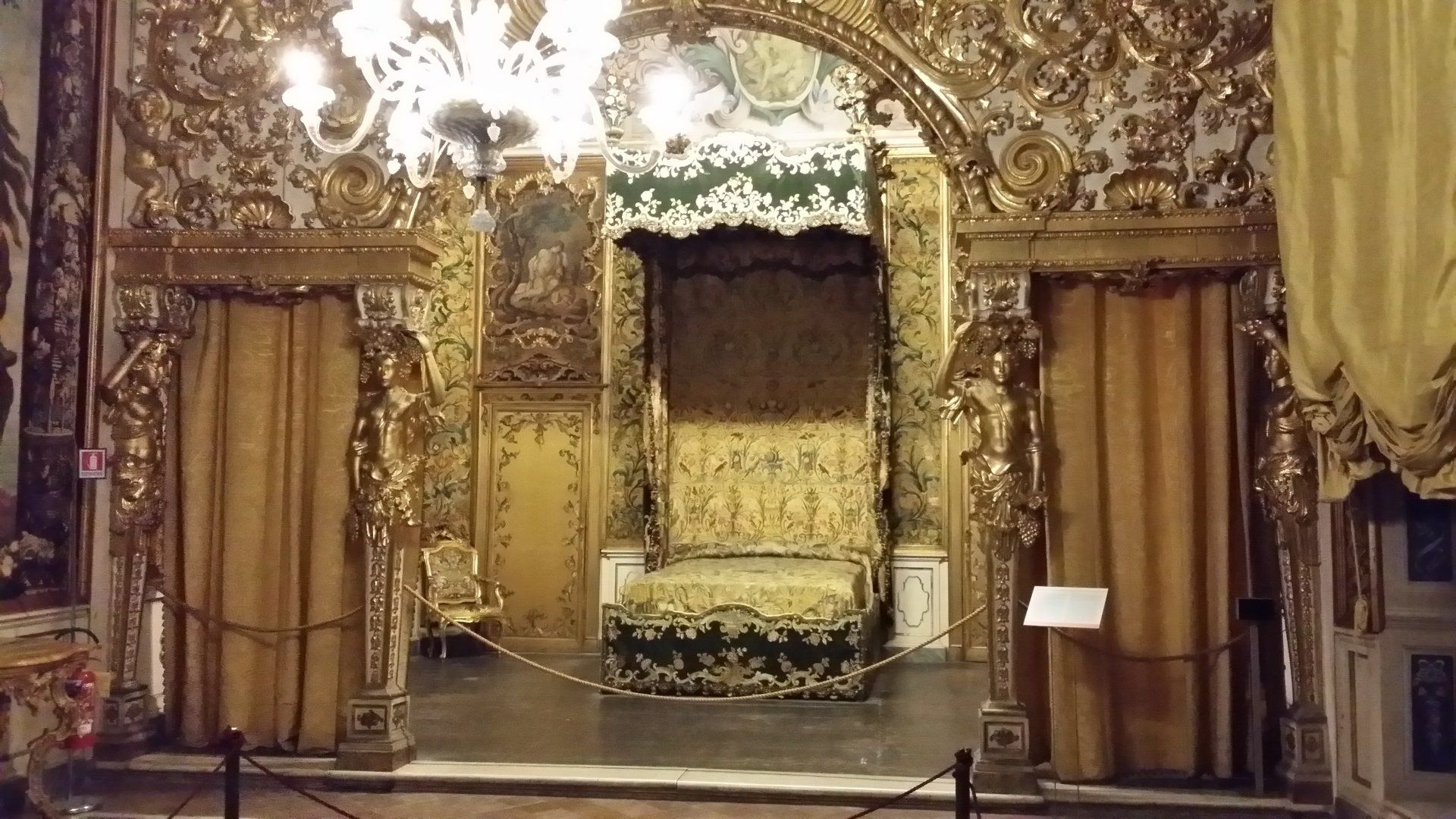
Slide title
Scrivi qui la tua didascaliaButton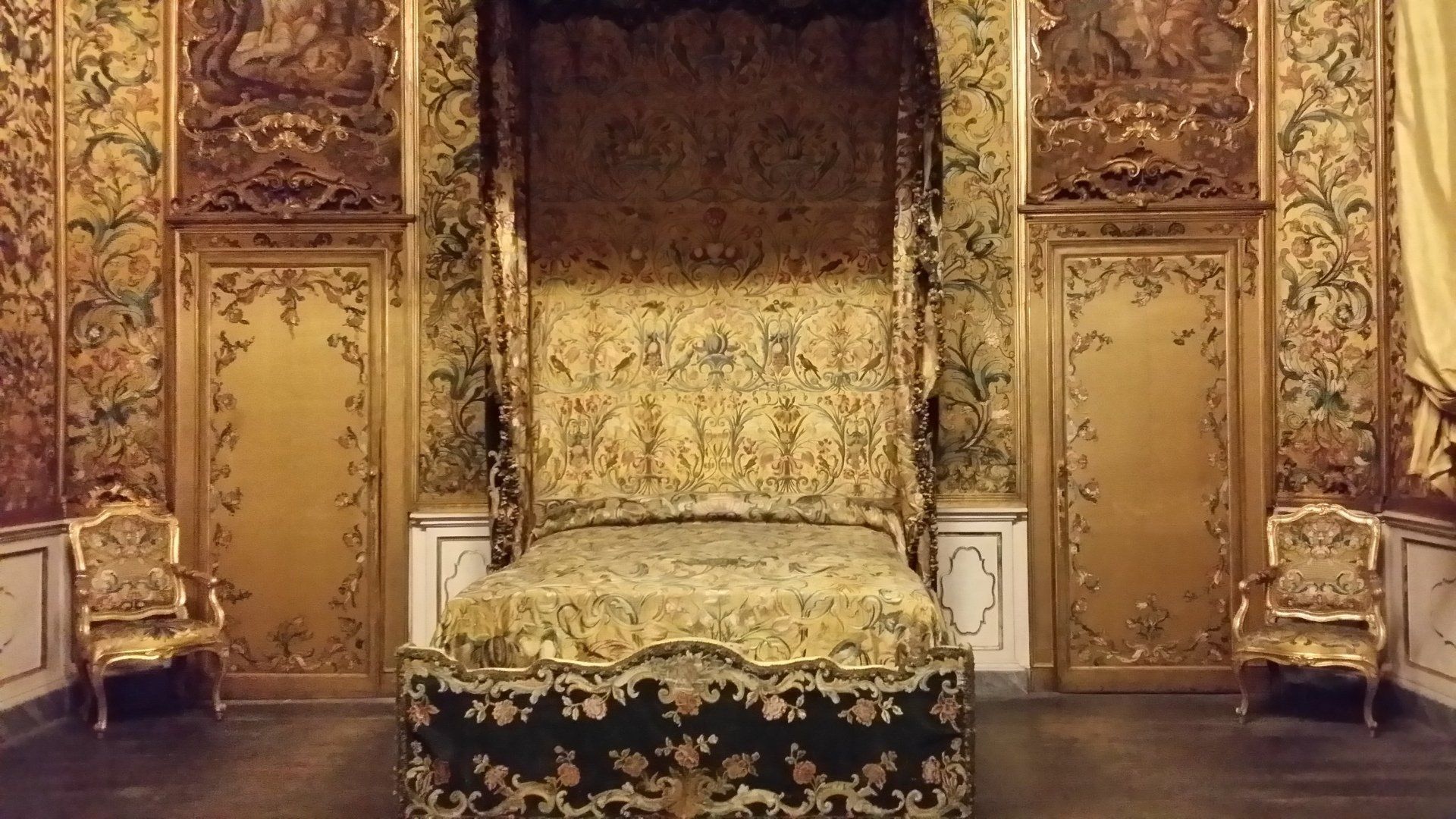
Slide title
Scrivi qui la tua didascaliaButton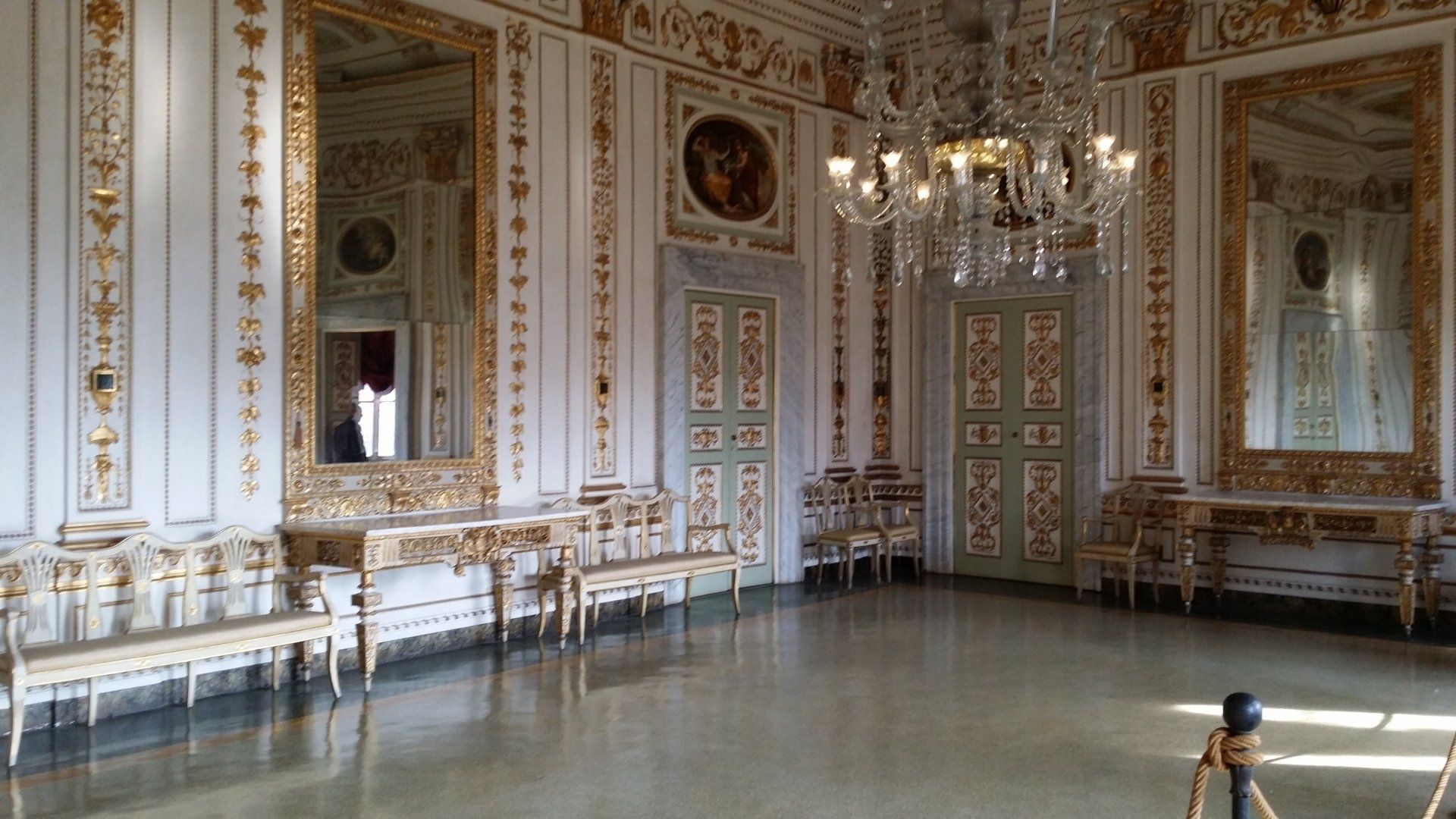
Slide title
Scrivi qui la tua didascaliaButton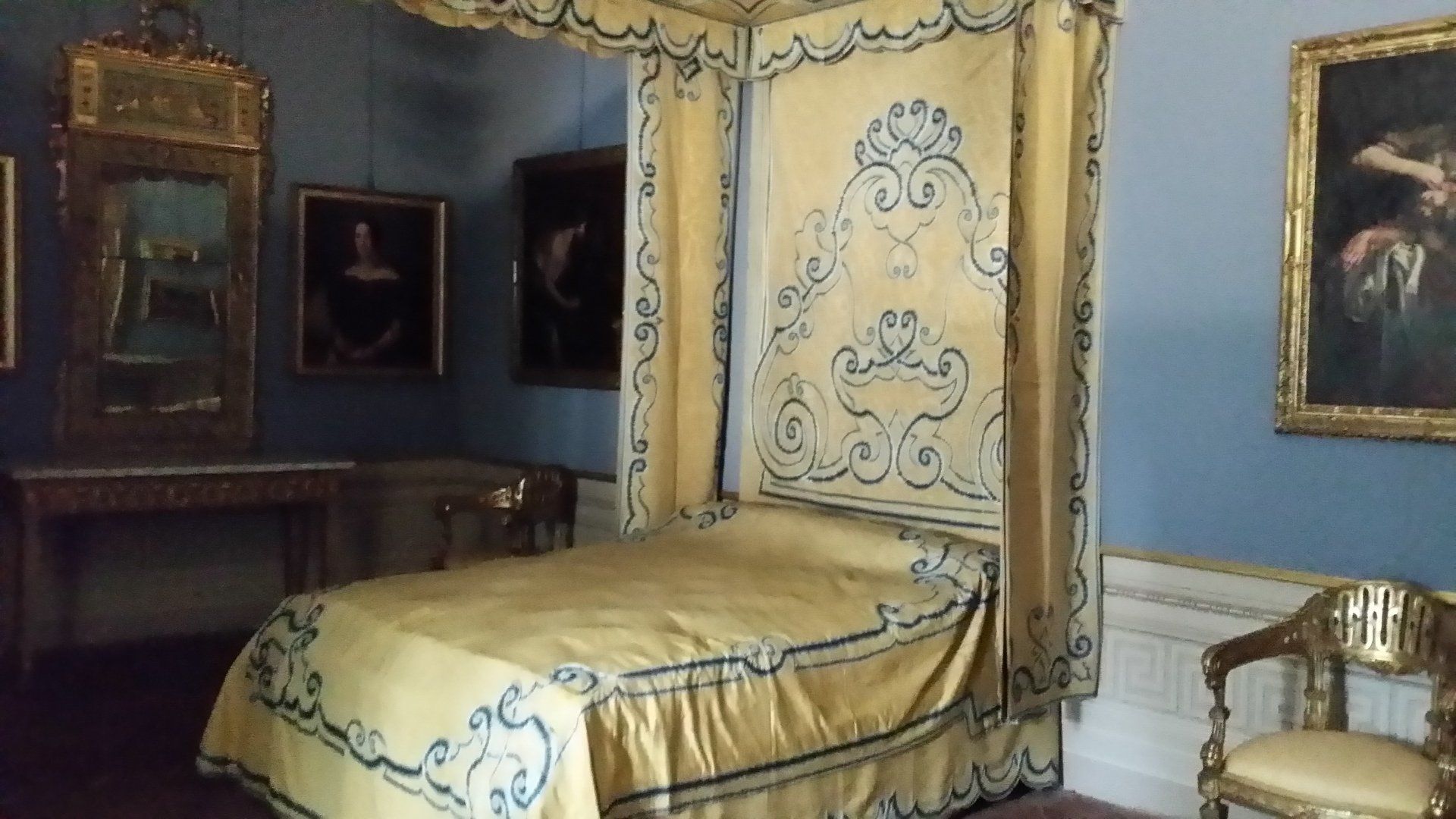
Slide title
Scrivi qui la tua didascaliaButton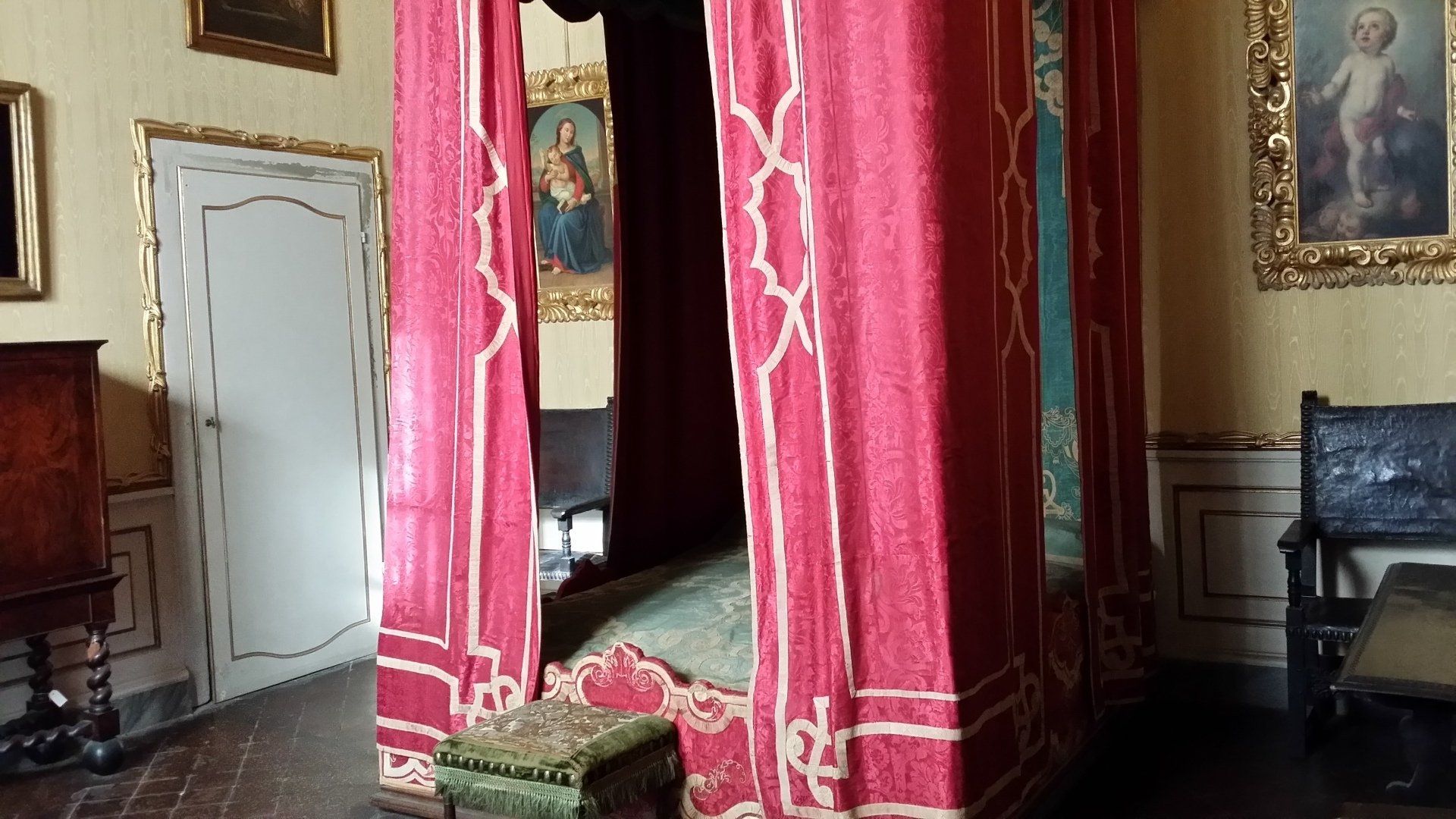
Slide title
Scrivi qui la tua didascaliaButton
-
Lucca - Palazzo Mansi and the bedroom of a princess
If you want to give your children an idea of how the ballroom and the bedroom of a princess could look like, I suggest you to visit the Palazzo Mansi in Lucca.
Due to its characteristics and its prestigious furniture Palazzo Mansi can be considered the "Museum of the patrician residence of Lucca." The building acquired its present appearance in the eighties-nineties of the seventeenth century, following the regrouping of existing medieval buildings owned by the Mansi family, who became one of the most eminent families of the city thanks to a flourishing mercantile activity. The task of building a dwelling adequate to the rank of the lineage was entrusted to the Lucchese Raffaello Mazzanti, while the interior decorations were made by fresco painters from Bologna and Florence.
On the main floor, the music hall and the three salons with the alcove are the main reason to visit the museum, thanks to the wealth of Flemish seventeenth century tapestries that cover the walls, the eighteenth-century silk embroideries of the bedroom, and the scenographic decorations in carved and gilded wood.
A rich art gallery forms an integral part of the Museum (among 83 paintings, there is the famous Portrait of Young Man of Pontormo, 1525) which was donated to the city by King Leopold II of Lorraine at the time of the annexation of Lucca to the Grand Duchy of Tuscany, placed in the spaces where originally the picture gallery of Mansi was located, dispersed mostly in the second half of nineteenth century.
-
Opening time and prices
National Museum of Palazzo Mansi
Via Galli Tassi 43
55100 Lucca
Opening time
Tuesday, Thursday, first and third Sunday of the month and holidays 9.00 - 19.30 (last admission 18.00).
Wednesday, Friday and Saturday 12.00 - 19.30 (last admission 18.00)
Holiday openings:
26 December 9-19.30
January 1 12-18
Closed on Monday, 2nd, 3rd and 5th Sunday of the month, 1st January, 25th December
Closed
Mondays, January 1, December 25.
Entrance
Full price € 4.00, reduced € 2.00;
Free admission for persons under 18 years.
22/3/2023
Palazzo Mansi and the bedroom of a princess
Slide title
Scrivi qui la tua didascaliaButtonSlide title
Scrivi qui la tua didascaliaButtonSlide title
Scrivi qui la tua didascaliaButtonSlide title
Scrivi qui la tua didascaliaButtonSlide title
Scrivi qui la tua didascaliaButton
-
Lucca - Palazzo Pfanner
The Palazzo Planner is a villa with garden within the wall circle of Lucca of private property open to the public.
Built between the end of the 17th and the first half of the 18th century, it's garden is a Baroque theatrical machine, built to surprise and delight.
Its construction was started by the Moriconi family in the second half of the 17th century. They were silk merchants, subsequently migrating to Poland, where they had set up a considerable business. The property passed to the Contronis, who completed the building with the addition of the huge open staircase that acts as a scenic filter between the building itself and the garden.
The garden lies between the building and the town walls. In fact it can also be seen from the walls close to the church of S. Frediano.
A walk divides the space into several zones. In the centre is an octagonal basin with, at its sides, allegorical statues of the four elements, Vulcan (fire), Mercury (air), Dionysus (earth) and Oceanus (water). The stretch of path closest to the building is marked with statues of the allegory of the Four Seasons. The path ends at the facade of the lemon-house topped by a balustrade with lions sculpted and, in the centre, a basilisk, the emblem of the Controni family. To the sides of the doorway are two niches containing the statue of Hercules (on the right), guardian of the Garden of Hesperides, and Cybele, a wall crowning that symbolises the close link between the rich merchant family and the civitas.
This is a link that emerges not just from the presence of the city walls in the private perspective but also from some monuments that symbolize the town itself, such as the campanile of the church of S. Frediano, which is the true visual focus of the garden.
On the upper floor a triumphal opening leads into the loggia of the main floor. The loggia leads to the central hall. The wall decoration by Bartolomeo De Santi, imitates a marble colonnade screening illusionary architectures and creating an evocative effect of reciprocity and mutual exchange between indoors and outdoors. At the ceiling a gallery of Ionic pillars opens onto a light-blue vault, with Flora, the flower donor, in triumph. The monochrome lunettes have medallions with figures from mythological tales. From the central hall access is to the side rooms, which have a painted wall border with the same monochrome motifs. To be noted in the history of this building is that it was lived in briefiy in 1692 by the crown prince of Denmark and Norway, subsequently king Frederick IV, whose love for Maria Maddalena Trenta, of Lucca, is described in Bӧrge Janssen’s novel “La Fanciulla di Lucca”.
In 1846 Felix Pfanner (1818-1892), a brewer from Hörbranz on the shores of Lake Constance in Austria, though his family was originally from Bavaria, came into contact with the Controni family. Following a decree of the year 1845 with which the Duke of Lucca Carlo Lodovico di Borbone had requested for himself and for the townspeople “a German brewer”, Felix decided to rent the garden and the cellars of the Palazzo from the Controni family in order to set up his machinery and the necessary equipment for brewing beer. As time passed, thanks to the proceeds of his brewery, Felix was able to buy the whole Palazzo which subsequently took his name and became the official headquarters of the Pfanner Brewery. The first beer manufacturer of the Duchy of Lucca and one of the first in Italy, the Pfanner Brewery became an important meeting-point for both people from the town and foreigners who could appreciate the environment, accompanied by a taste of German beer, from a pergola in the garden.
After several decades of activity, the brewery closed down in 1929.
The property was inherited by Pietro Pfanner, a famous Lucca doctor who was also City mayor and a well known benefactor. It still belongs to the same family.
In the main hall of the Palazzo there is a permanent exhibition of medical and surgical instruments and antique medical texts which belonged to Pietro Pfanner.
Three films which have been shot here have undoubtedly contributed to the celebrity of Palazzo Pfanner; Arrivano i bersaglieri by Luigi Magni (1980), Il Marchese del Grillo by Mario Monicelli (1981) and Portrait of a Lady by Jane Campion (1996).
-
Opening time and prices
Palazzo Pfanner in Lucca
Via degli Asili 33
5510 Lucca
OPENING HOURS:
from April to November
from 10.00 to 18.00
Ticket for the visit of the Garden and the Residence
Full € 6.5 | Reduced 5.5 € (Children 12-16 years / Students / Adults> 65 years) | Groups (> 10) 4.5 €
Visit of the residence
Full € 4.5 | Reduced 4 € (Children 12-16 years / Students / Adults> 65 years) | Groups (> 10) 4 €
Visit of the Garden
Full € 4.5 | Reduced 4 € (Children 12-16 years / Students / Adults> 65 years) | Groups (> 10) 4 €
Free admission for children <12 years
Palazzo Pfanner - Short history, opening times and entrance tickets
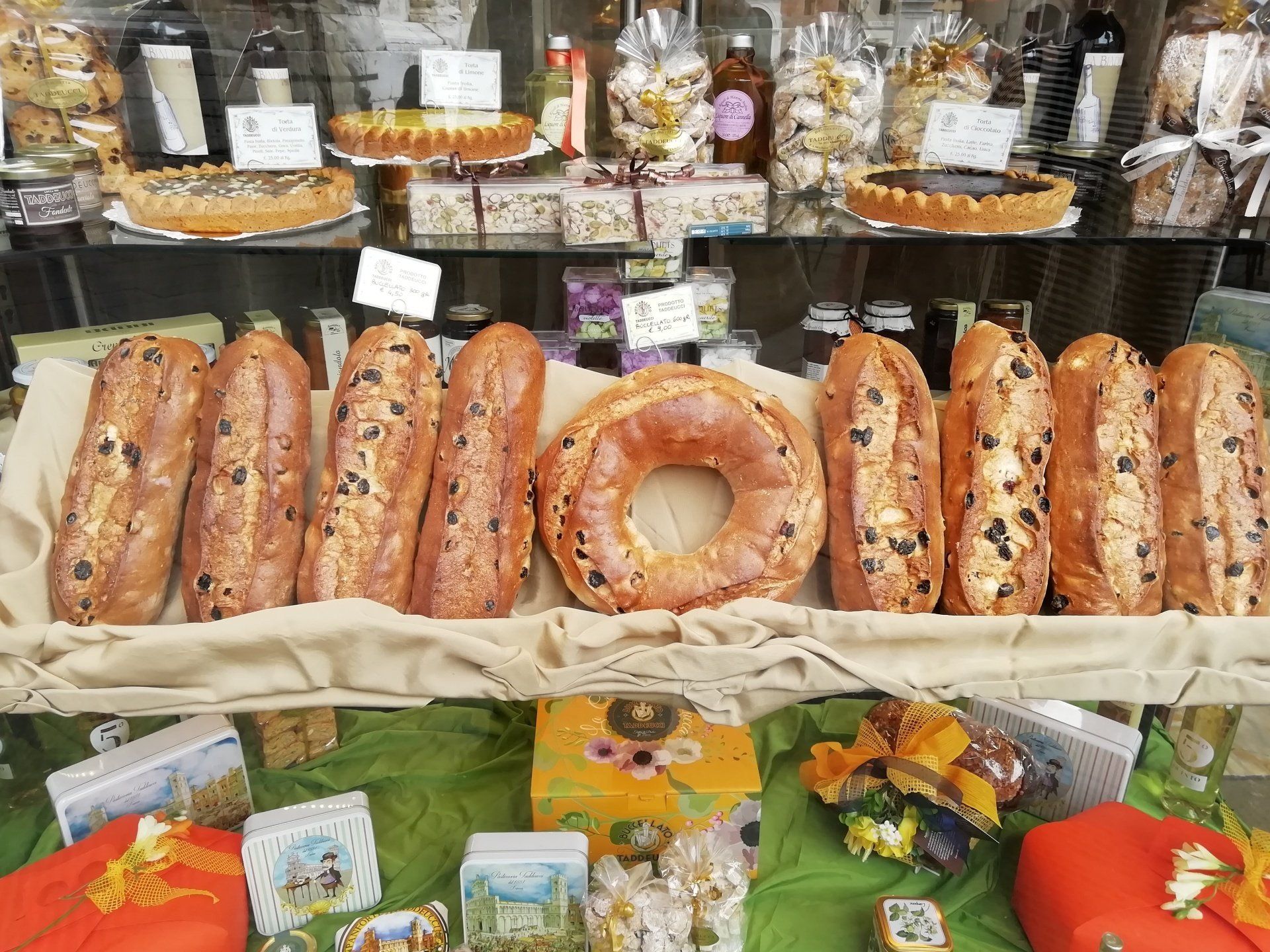
Titolo diapositiva
Scrivi qui la tua didascaliaPulsante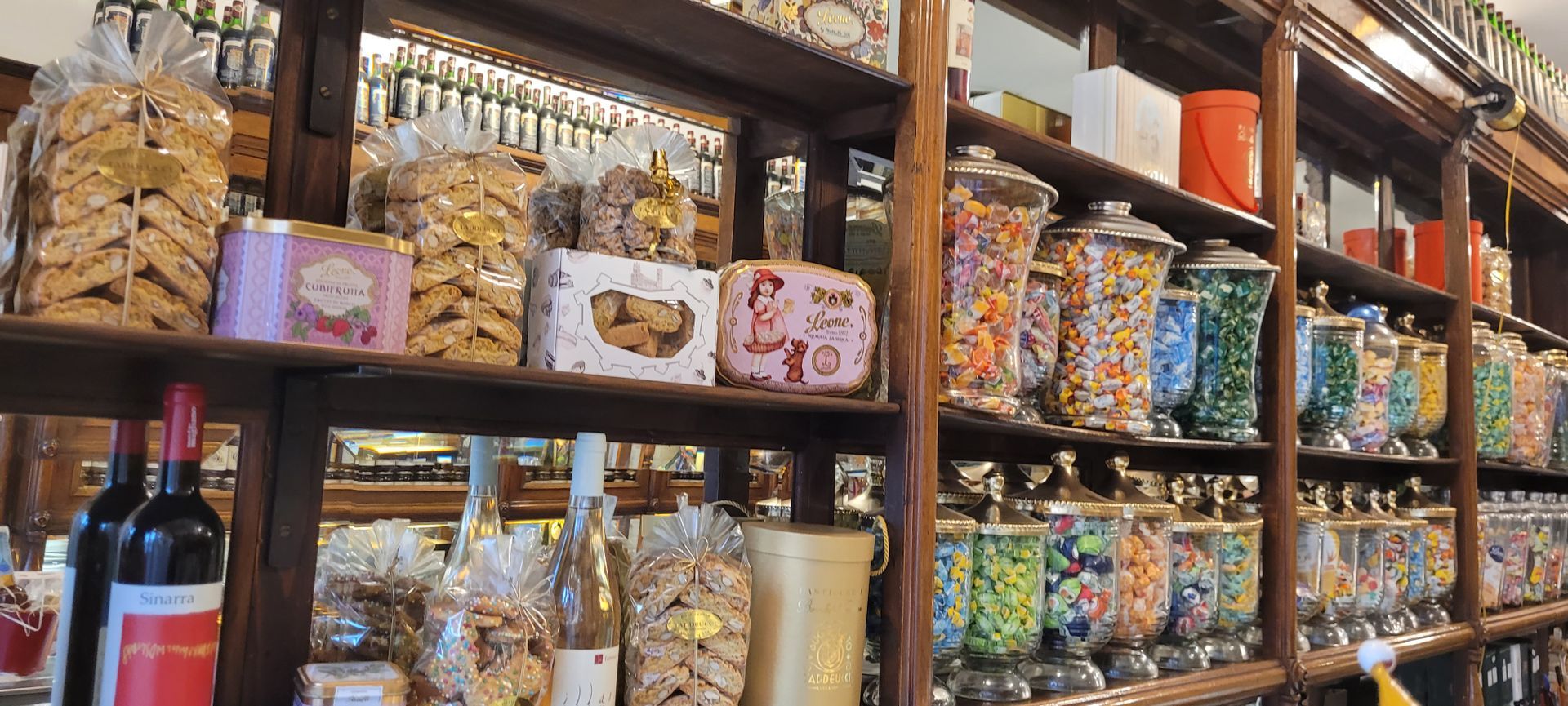
Titolo diapositiva
Scrivi qui la tua didascaliaPulsante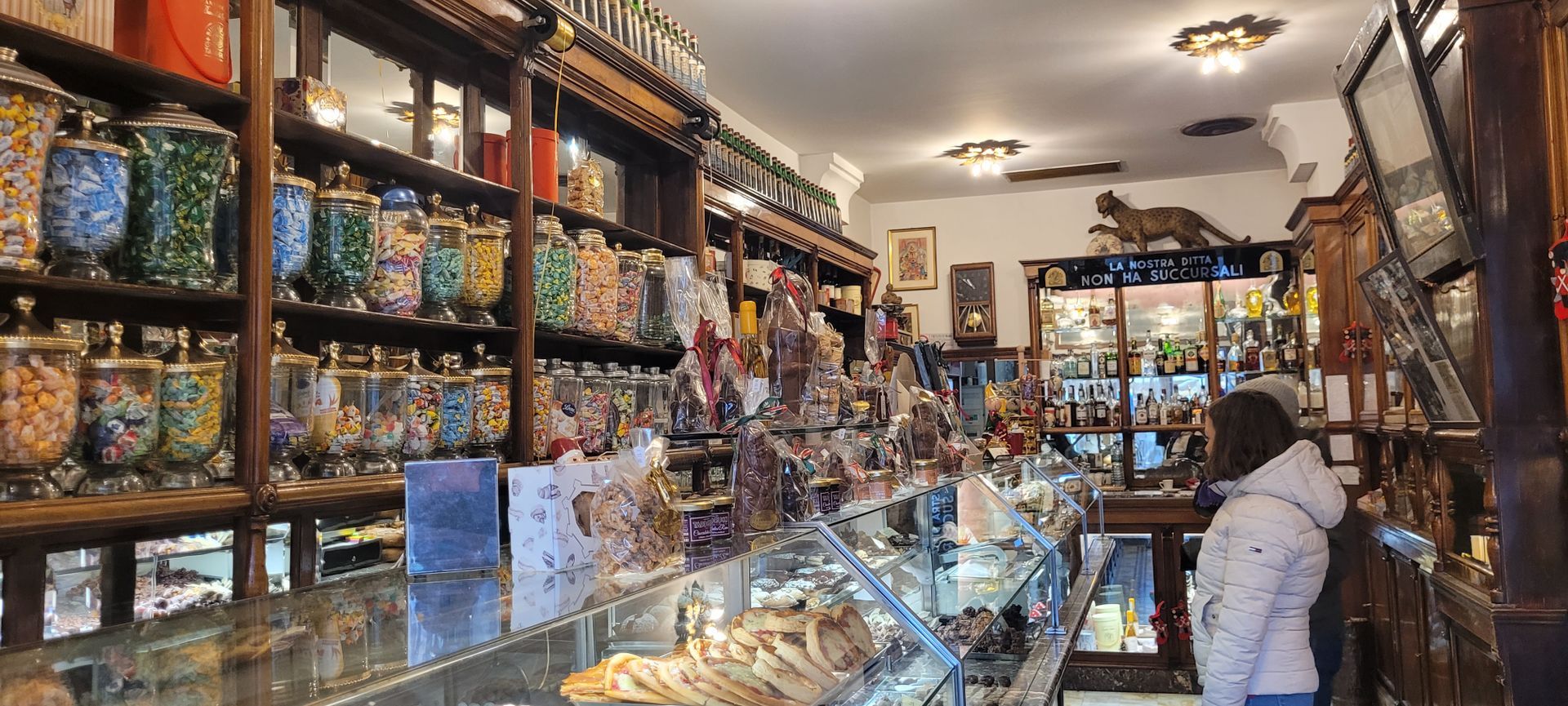
Titolo diapositiva
Scrivi qui la tua didascaliaPulsante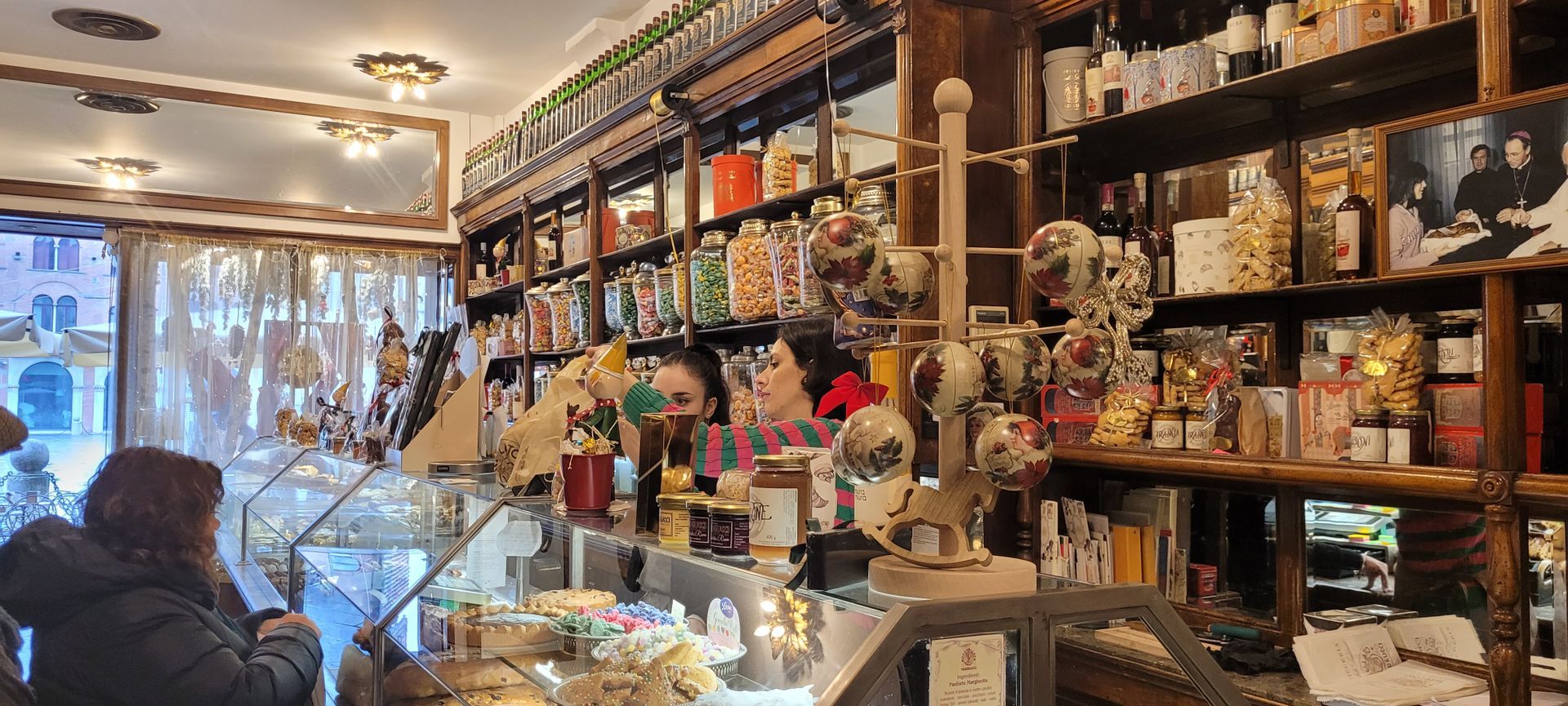
Titolo diapositiva
Scrivi qui la tua didascaliaPulsante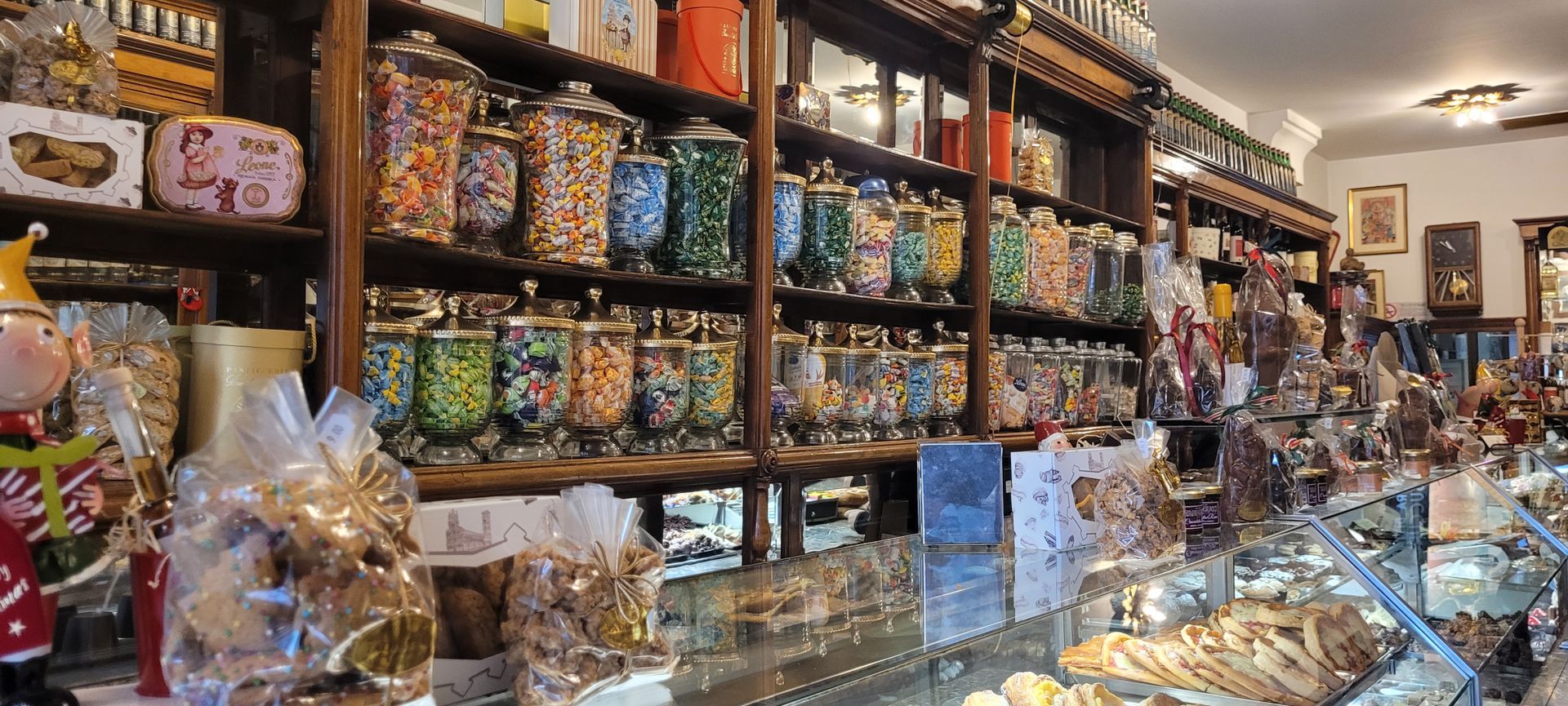
Titolo diapositiva
Scrivi qui la tua didascaliaPulsante
Titolo diapositiva
Scrivi qui la tua didascaliaPulsante
-
Lucca - The Buccellato
The Buccellato is a loaf or ring-shaped cake, whose recipe is very ancient; according to tradition, in the Middle Ages it was offered by the peasants to the lords at Christmas. It is a traditional cake, its main ingredients are: flour, sugar, aniseeds, raisins; the pastry shops of the city guard the recipe jealously. This cake is widespread in all the province of Lucca. As soon as it is purchased, it is soft and fragrant, and the Buccellato lasts for a long time. However, the buccellato is good also after some days. If it hardens, it can be eaten, soaking it in the wine, perhaps a good vinsanto from Tuscany. The People of Lucca are very proud of this cake, and there is a proverb that says: " Those who come to Lucca and do not eat the Buccellato, have never been here".
-
Where to buy it
The Buccellato is produced and sold in many bakeries in Lucca, just look for it, it is usually displayed in shop windows.
The traditional artisan pastry that has been producing Buccellato since 1881, where master pastry chefs have been following one another for 5 generations, is located right in the center of the city of Lucca, in Piazza S. Michele, and is called Taddeucci. It is easily recognizable. The shop is a splendid historical shop, with original furniture, the window is always well-kept that invites you to buy some of the sweets displayed.
Buccellato Taddeucci
Piazza S. Michele 34
55100 Lucca
Lucca- The Buccellato - Short Description and History
21/1/2023
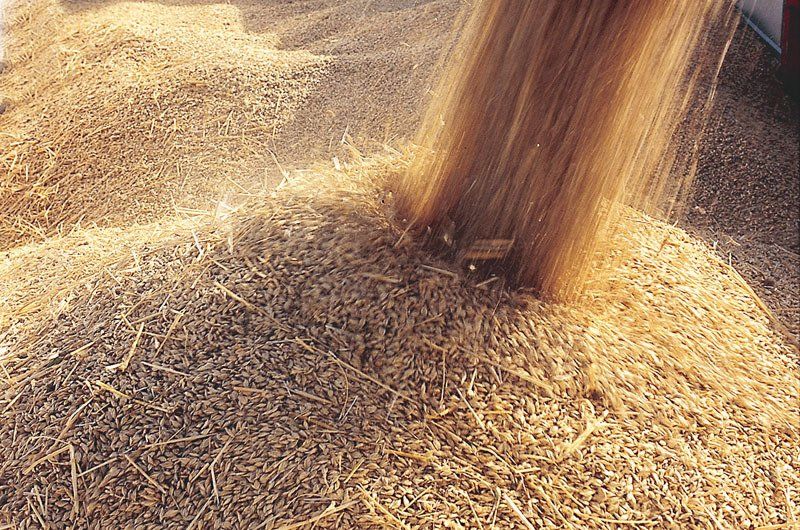
Titolo diapositiva
Scrivi qui la tua didascaliaPulsante
Titolo diapositiva
Scrivi qui la tua didascaliaPulsante
-
Lucca - Garfagnana Spelt
Spelt is an ancient cereal, a favourite dish of the Romans, who used it to nourish their legions.
Grown mainly in Garfagnana where it is still polished in old stone mills and regularly used to make an excellent soup and inimitable spicy cakes, in recent years it has experienced a vast rediscovery.
Thanks to the recent boom in natural and vegetarian cooking, spelt is becoming increasingly well-known outside its home region. Spelt had various uses in traditional cooking, although the best known and most interesting is as a first course. Garfagnana spelt has particular qualities which cannot be found in spelt from other areas.
Spelt soup, a typical Garfagnana dish, is not only delicious but especially beneficial for the human body.
The Garfagnana Mountain Community has obtained the IGP qualification (Protected Geographical Indication) and formed at its centre a control and promotional committee.
-
Lucca - Spelt Soup - Recipe
Ingredients for 4 people:
200 gr of Garfagnana Spelt
1/2 kg of borlotti beans
1 stick of celery
1 onion
1 carrot
3 tablespoons of tomato sauce
vegetable broth
rosemary, sage, garlic and pepper
extra virgin olive oil
Put the beans in a saucepan (previously soaked overnight) and cook them in 1 liter of water until softened. Pass half of the beans. Fry the chopped celery, onion, garlic, carrot in a pan with 4 tablespoons of oil. Add the 3 tablespoons of tomato puree, the whole beans and the pureed ones, add some broth if necessary and cook for 10 minutes. Meanwhile, boil the spelt in water for 10 minutes, then drain and add it to the beans. Finish cooking the spelt, add the finely chopped rosemary and sage, season with salt and pepper to taste.
Serve hot with und C of extra virgin olive oil.
Garfagnana Spelt - Short description and history - Recipe of Spelt Soup
28/3/2023
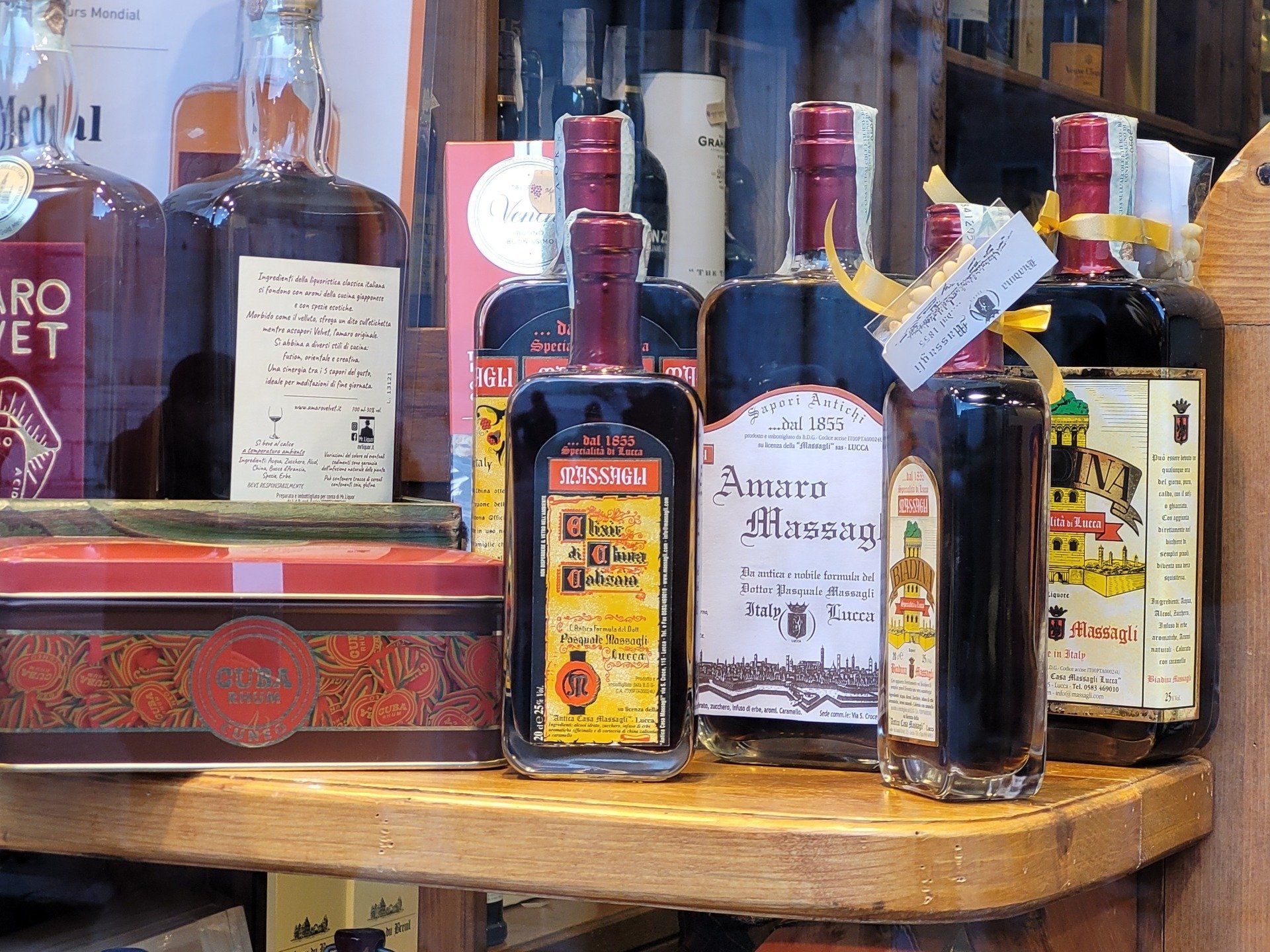
Titolo diapositiva
Scrivi qui la tua didascaliaPulsante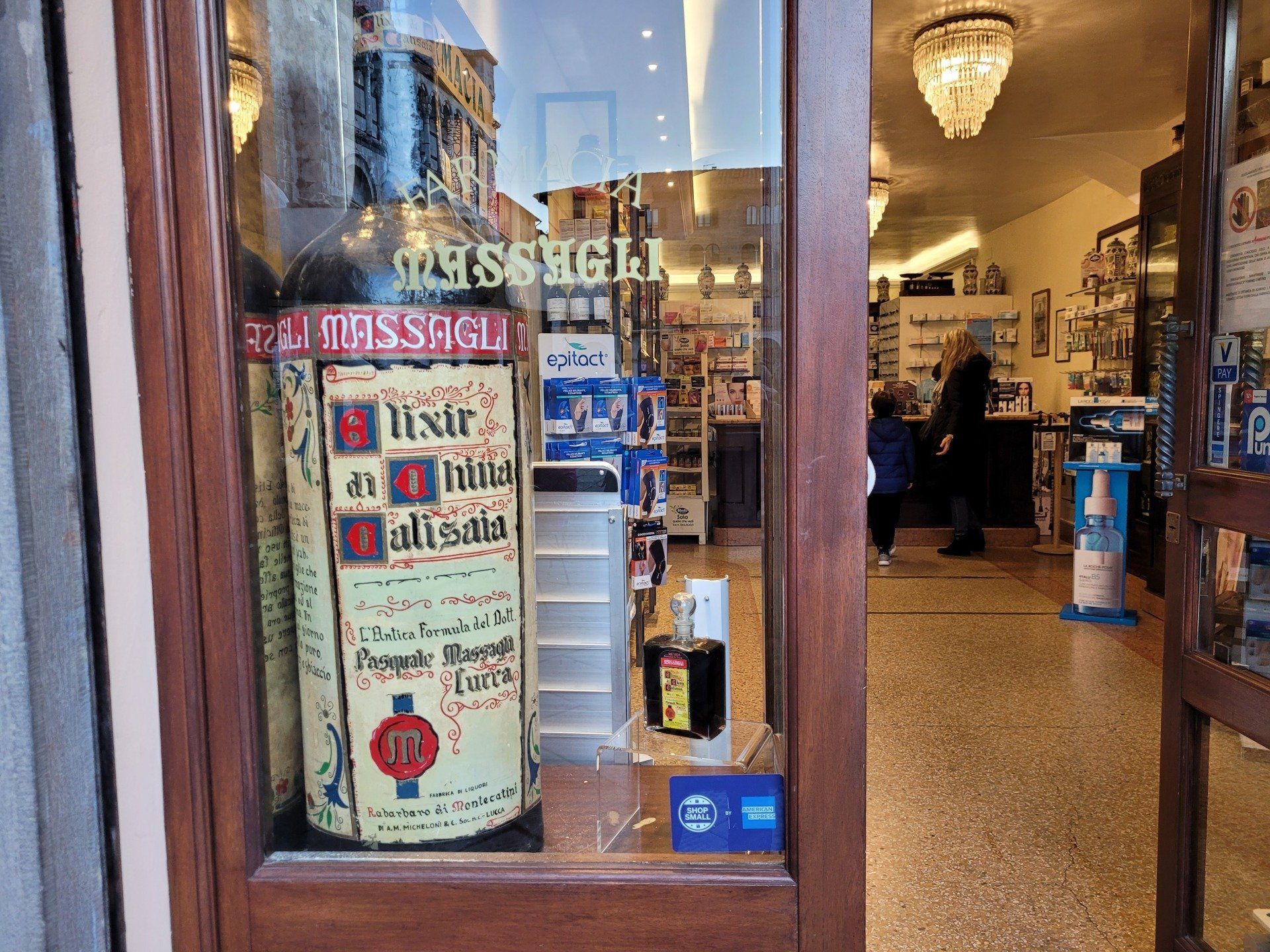
Titolo diapositiva
Scrivi qui la tua didascaliaPulsante
Titolo diapositiva
Scrivi qui la tua didascaliaPulsante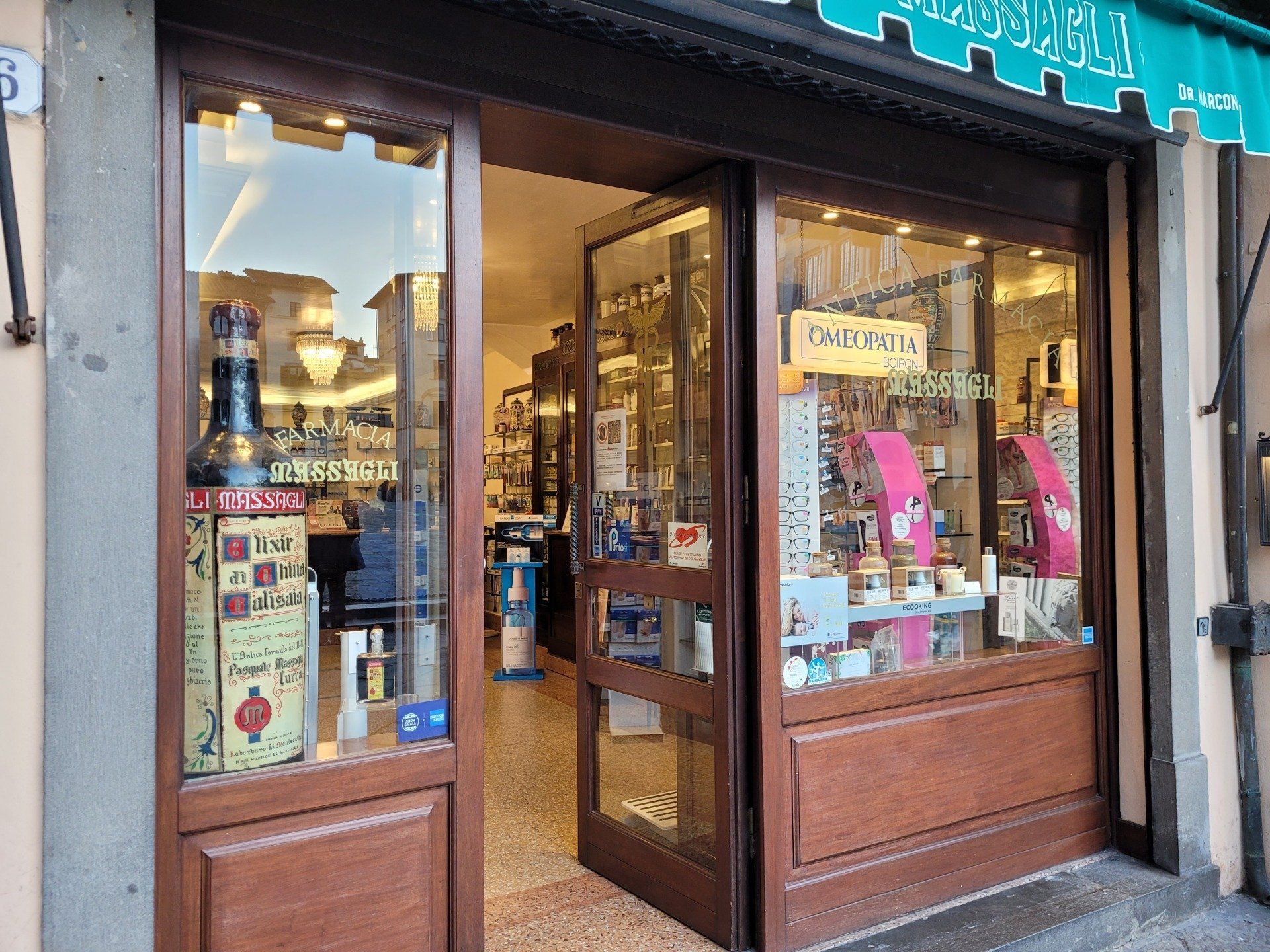
Titolo diapositiva
Scrivi qui la tua didascaliaPulsante
-
Lucca - Massagli Elixir of China
In 1855 Dr.Pasquale Massagli created the Elixir of China in the old pharmacy still present in Piazza San Michele, Lucca, to treat a malaria epidemic that had spread to the city in the mid-nineteenth century. After healing thousands of people and saving many lives, this Elixir changed its use and became an excellent energetic and digestive liqueur.
The liqueur is produced using an antique formula where the bark of the Chincona Officinalis tree - an Andean plant from which quinine is also obtained - undergoes a lengthy maceration with the additon of some aromatic herbs and spices such as cinnamon, nutmeg and cloves. It is a dark amber-colored liqueur with a delicately bitter herbal taste.
Having no artificial preservatives or colourings the product preserves the original properties and natural aroma.
-
Where to buy it
Massagli Elixir of China, Lucca - Short description and history
23/3/2023



